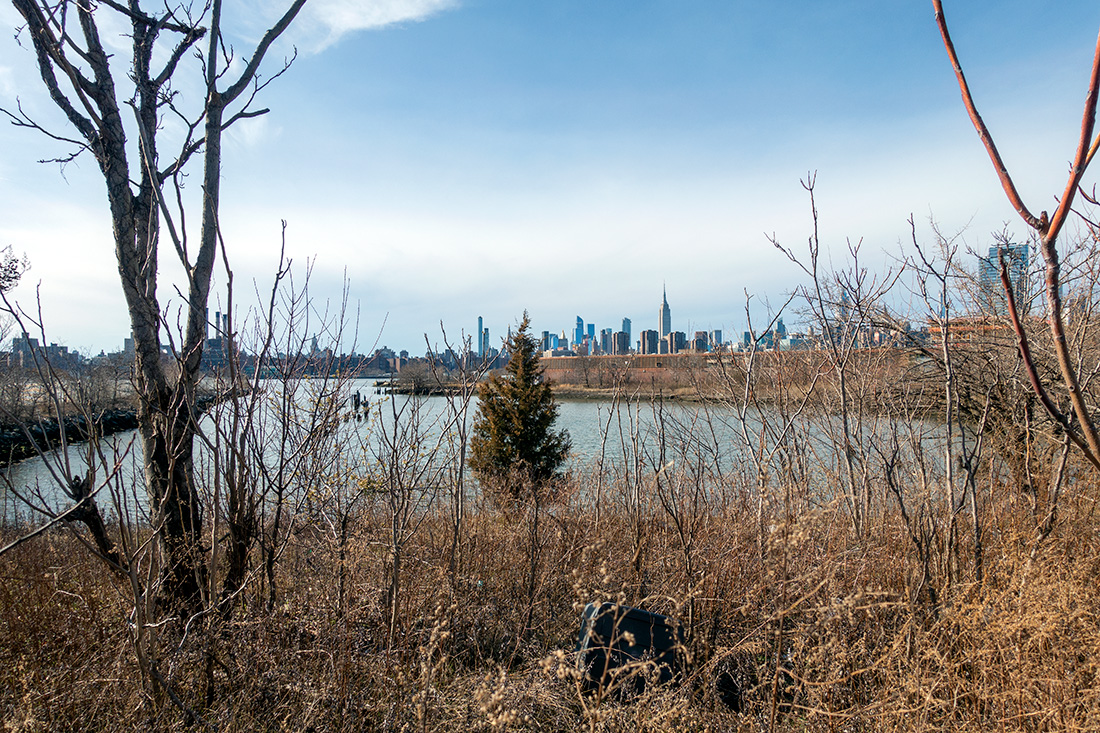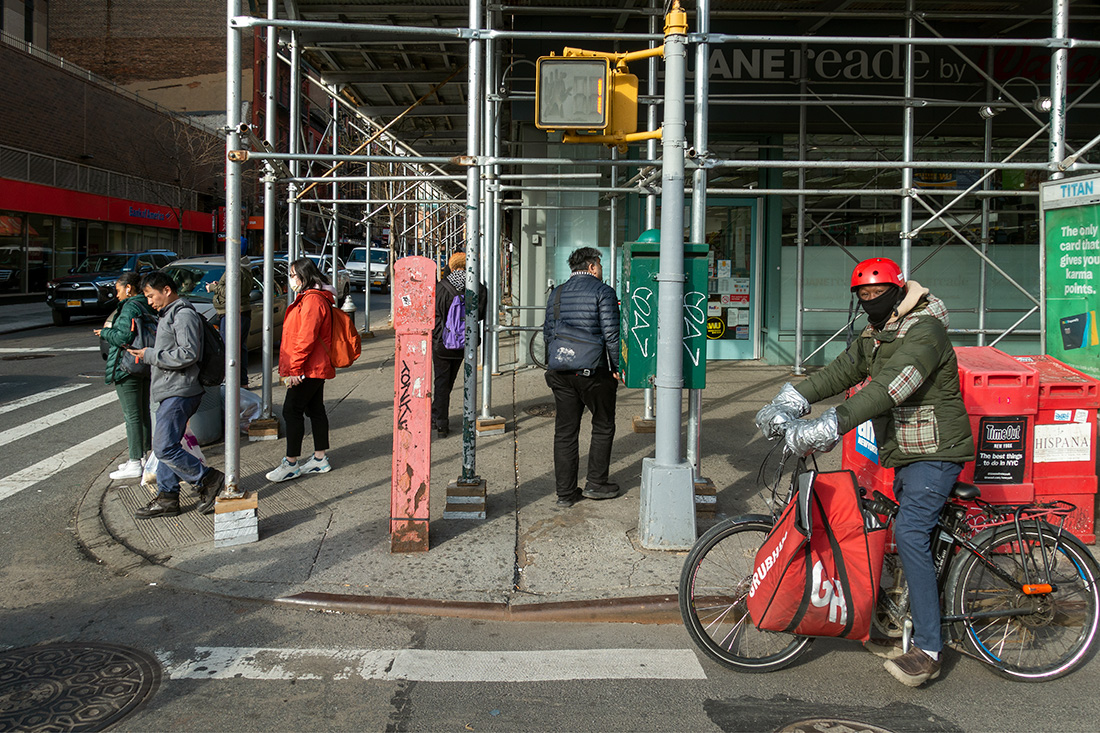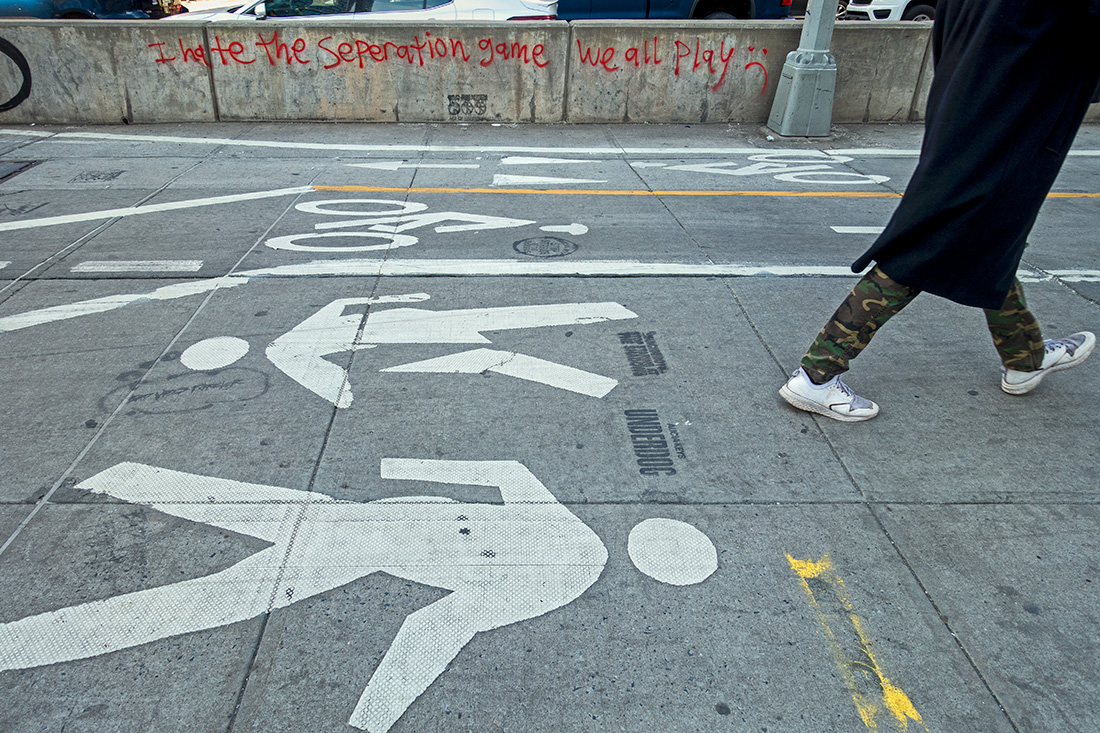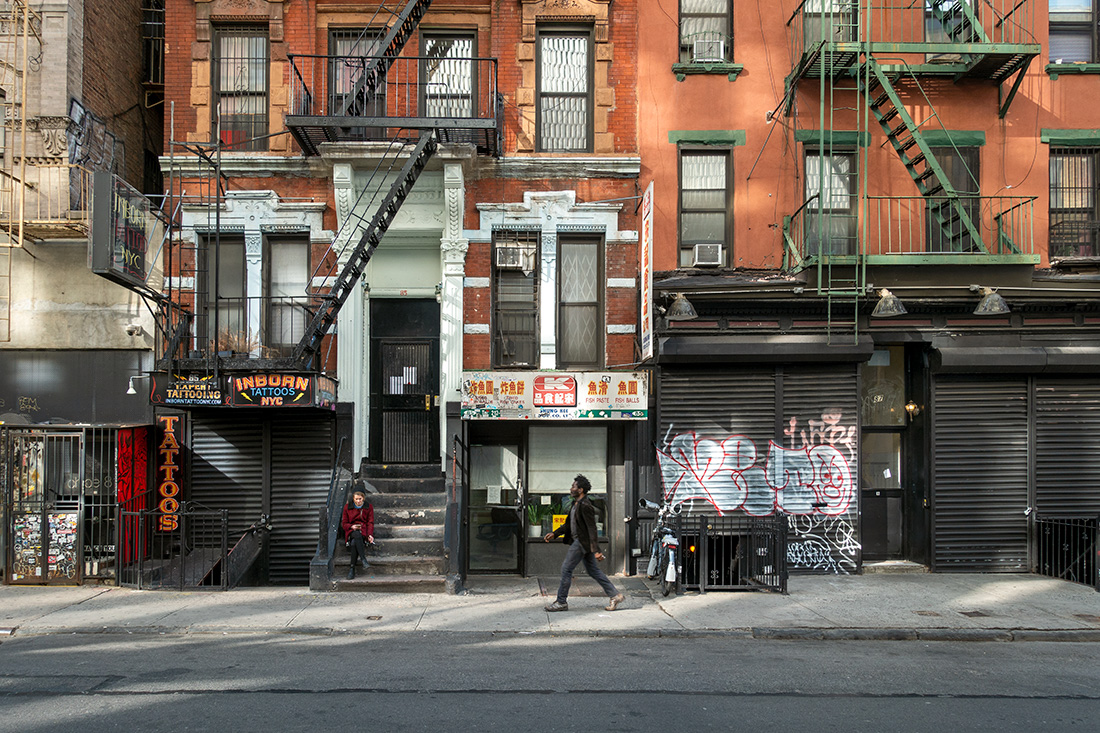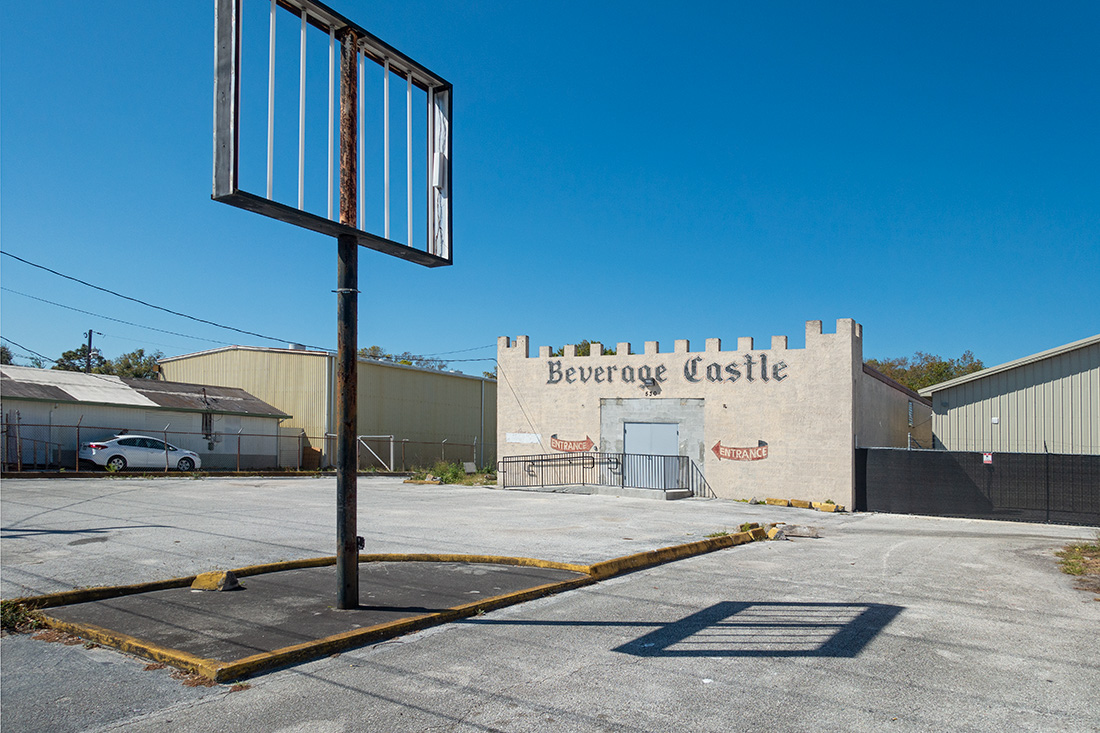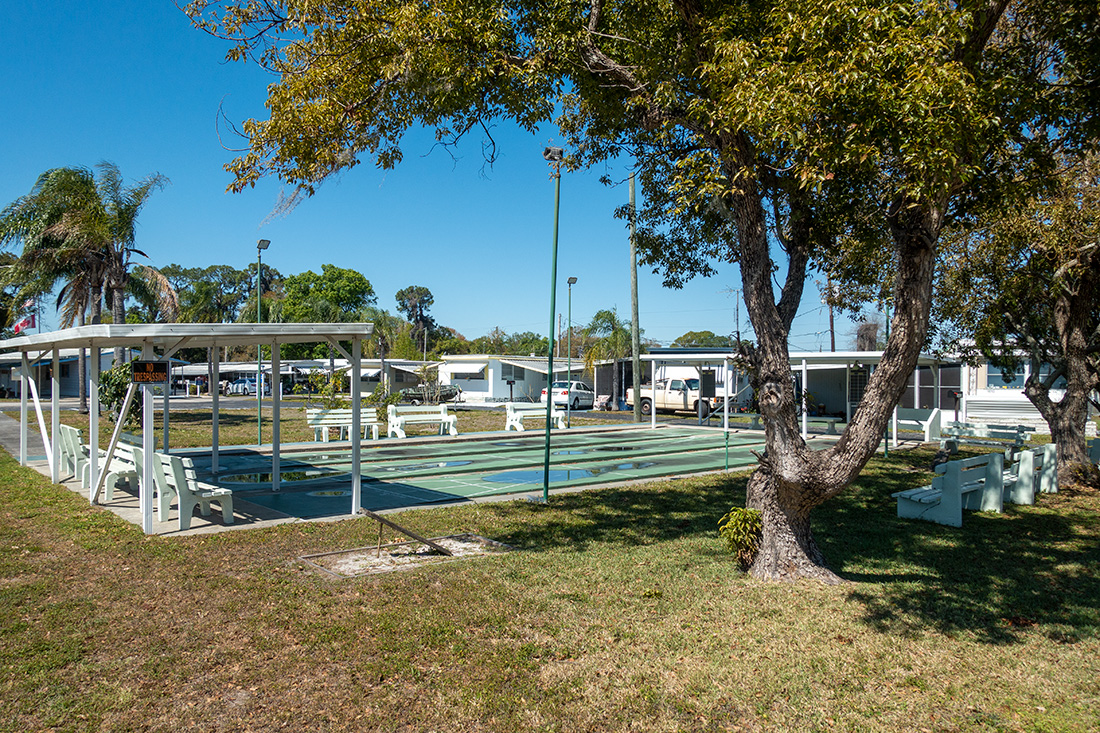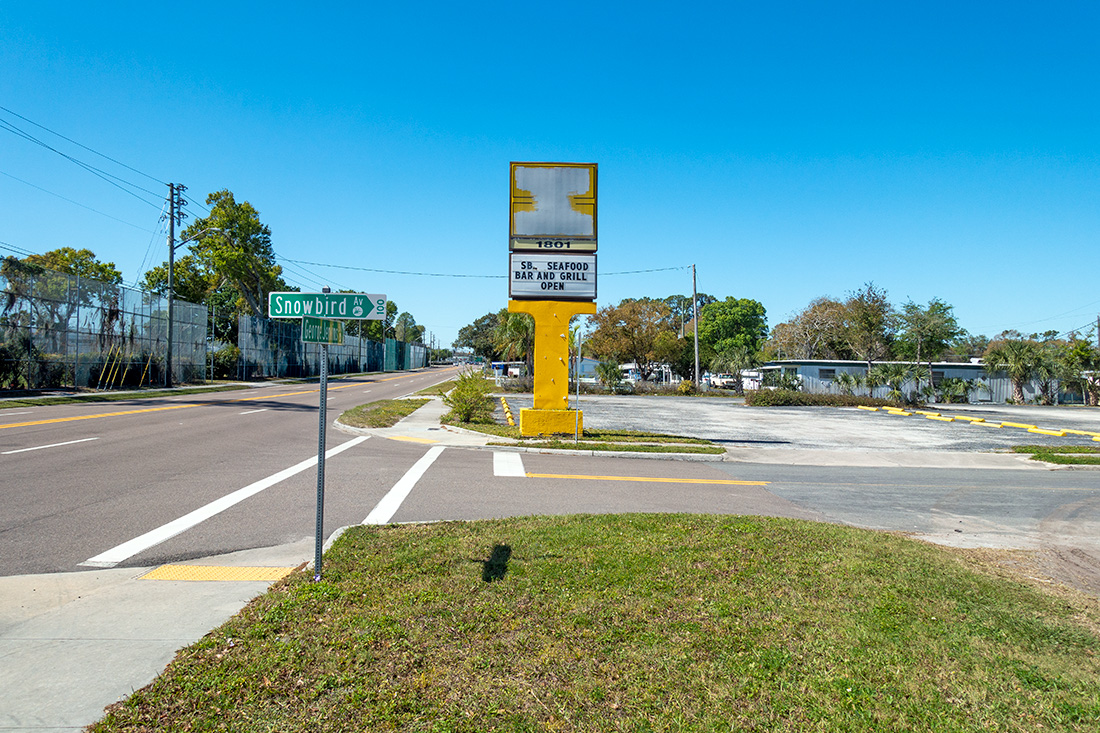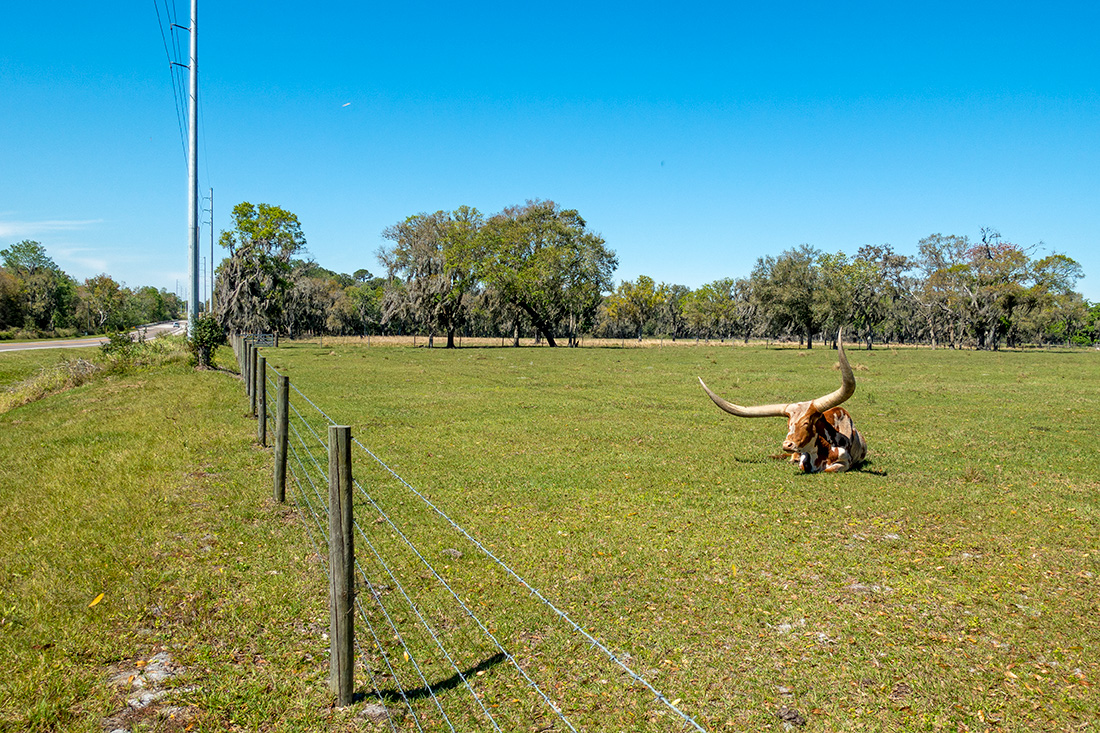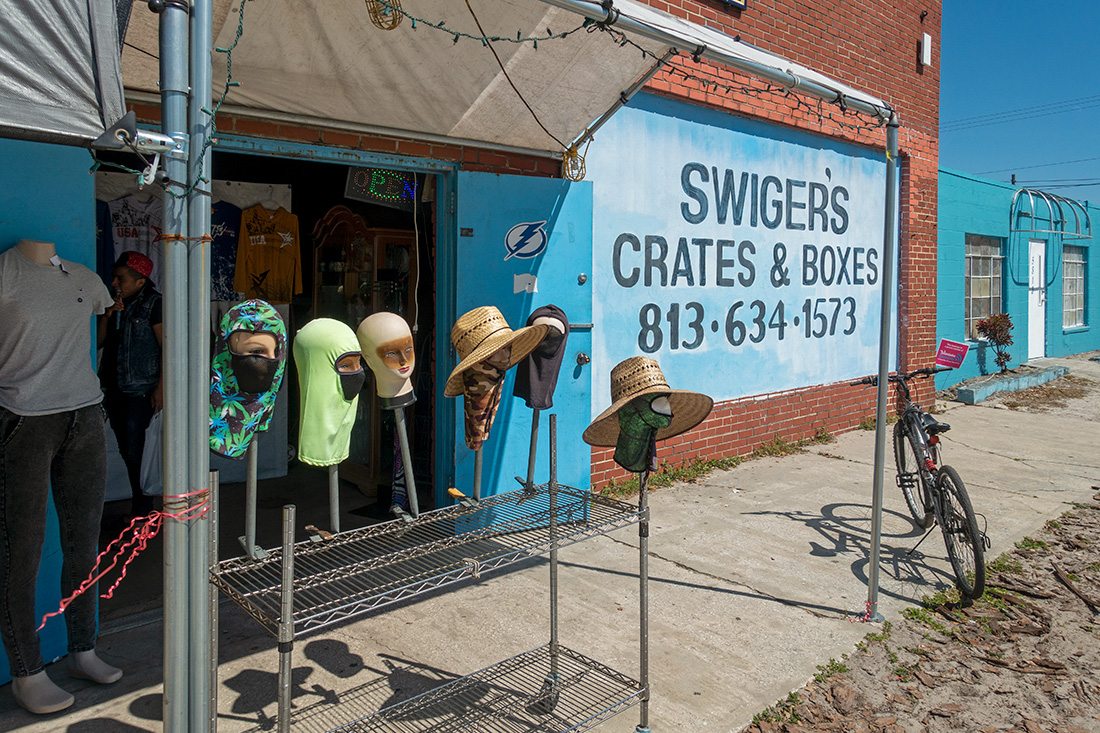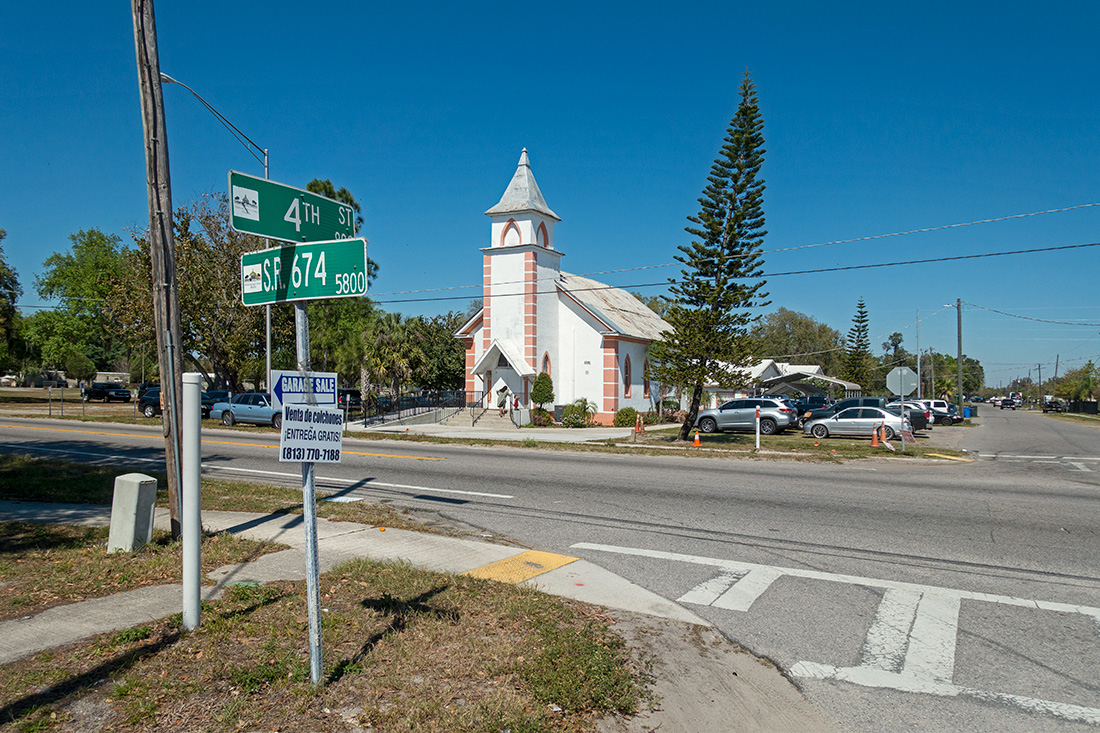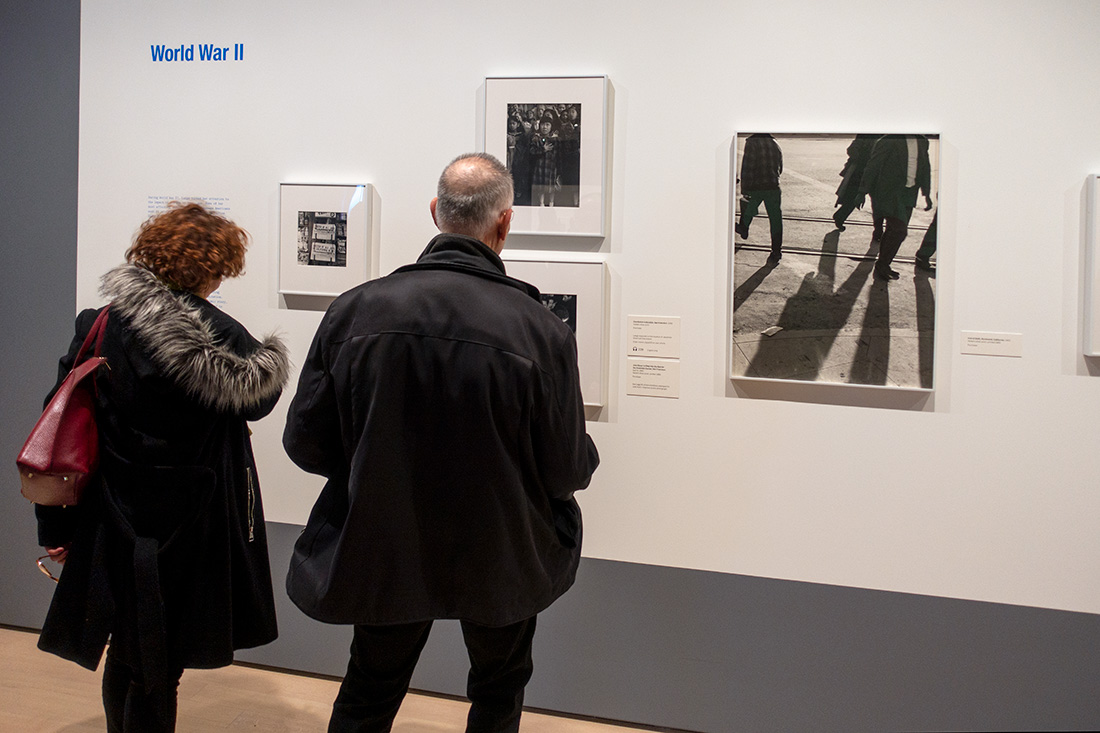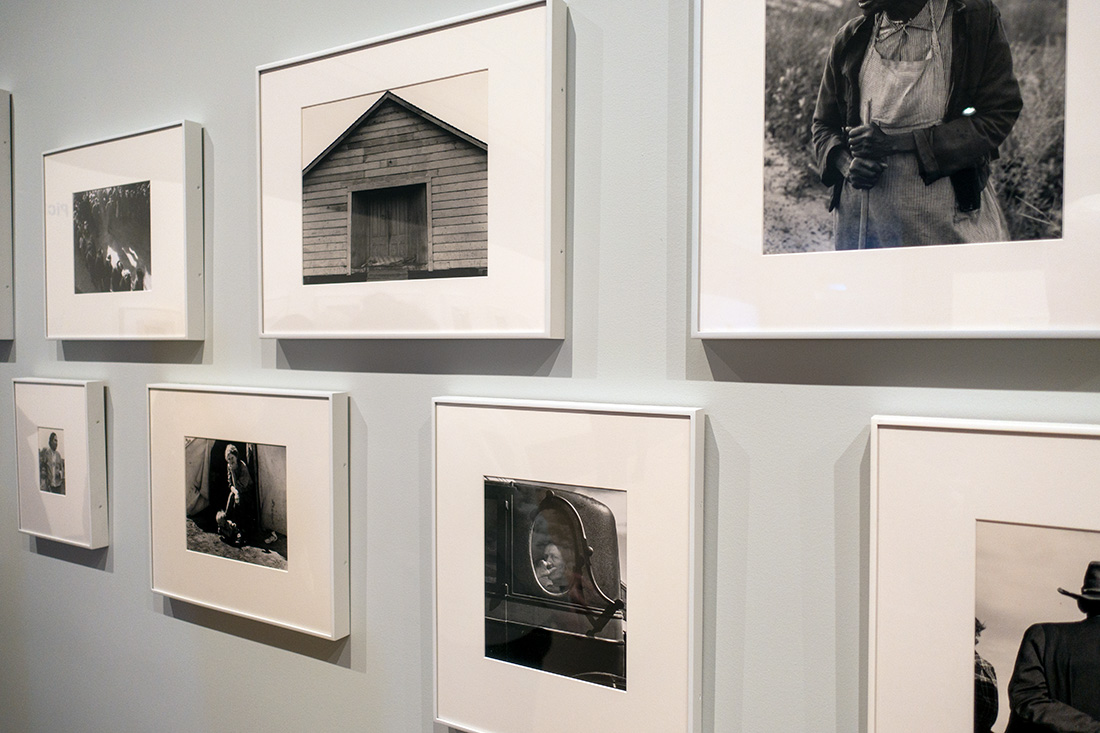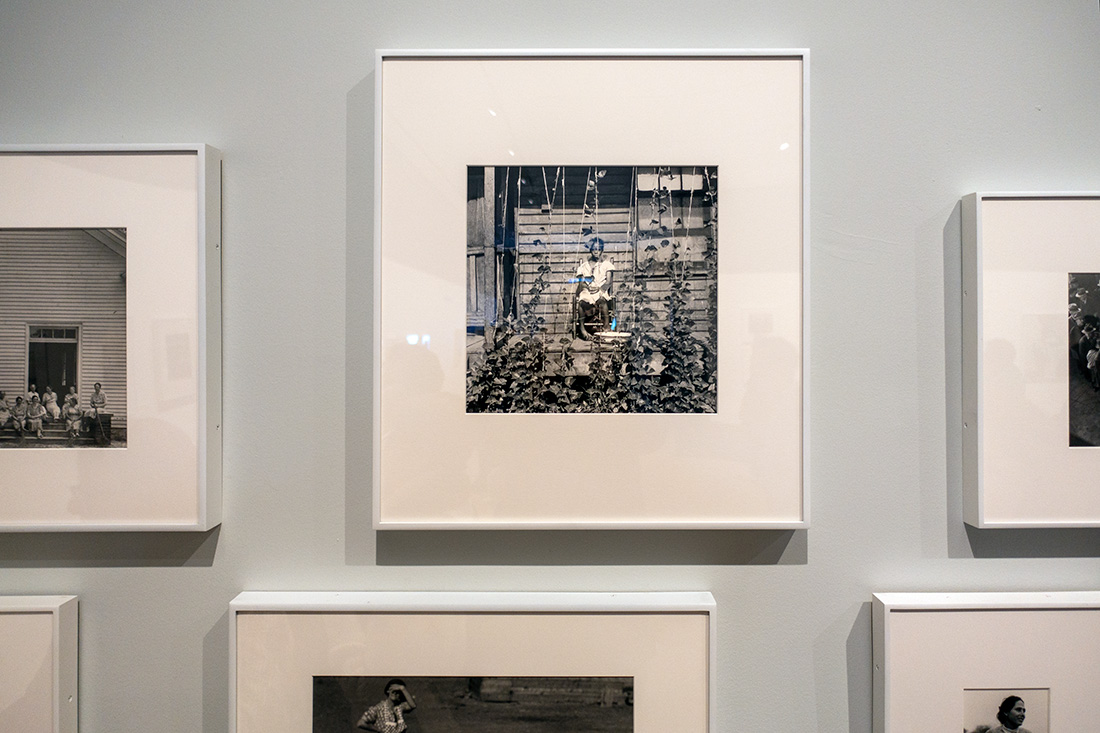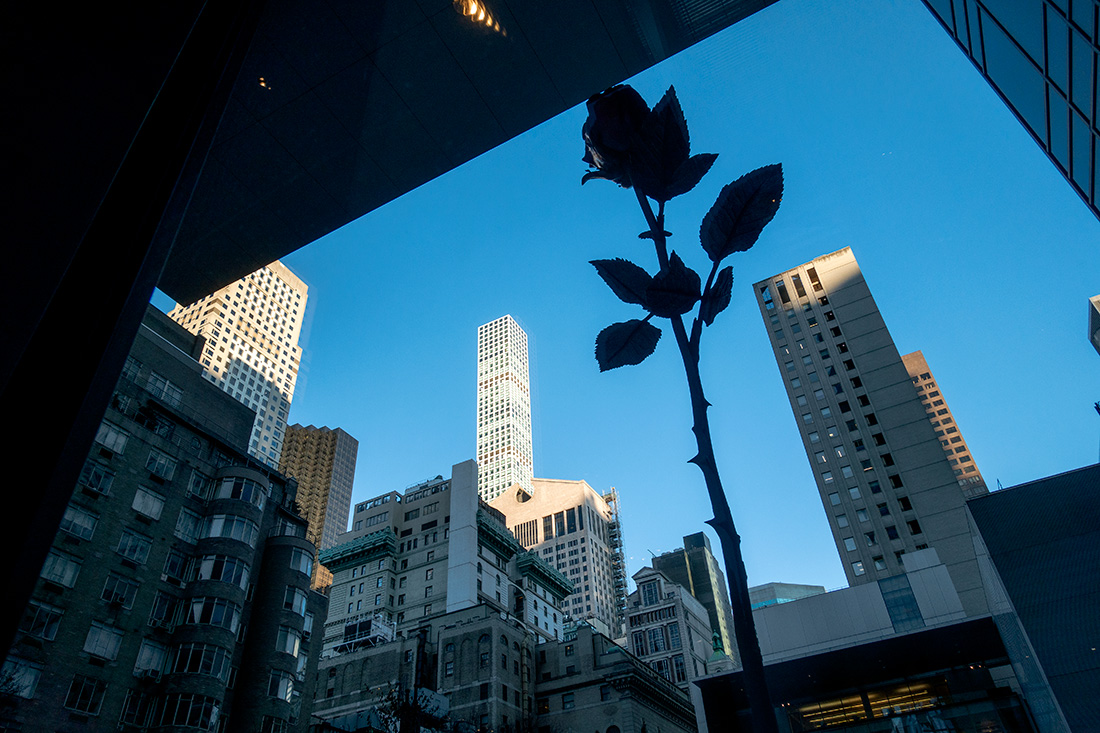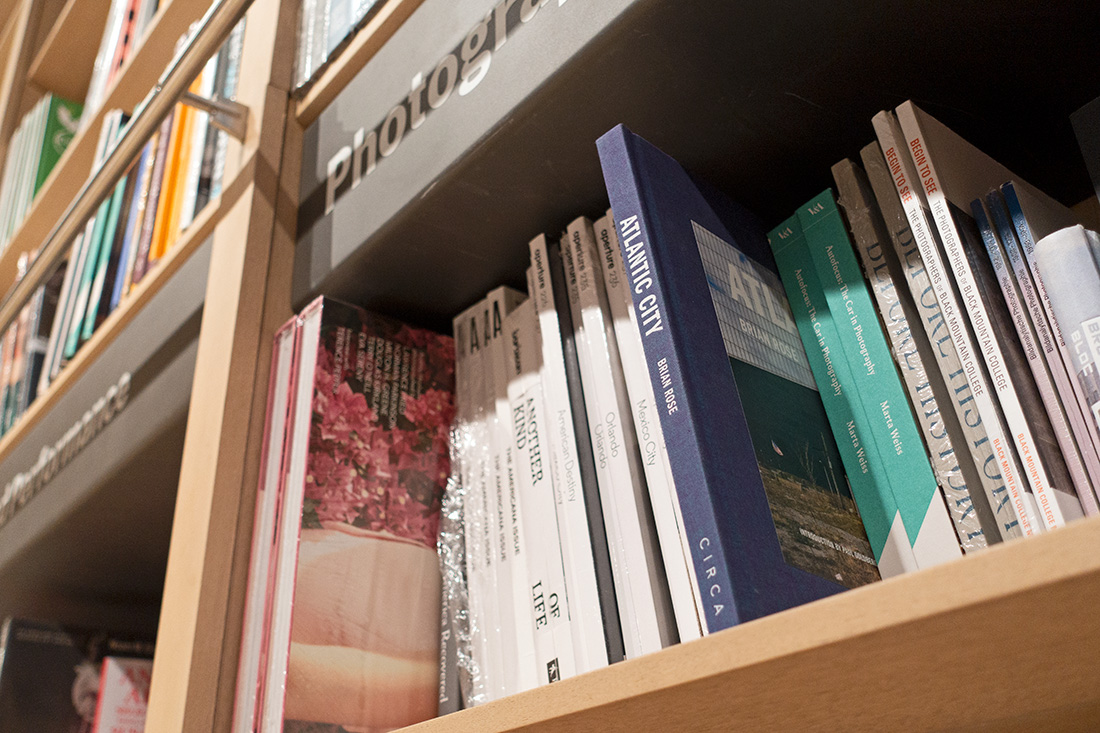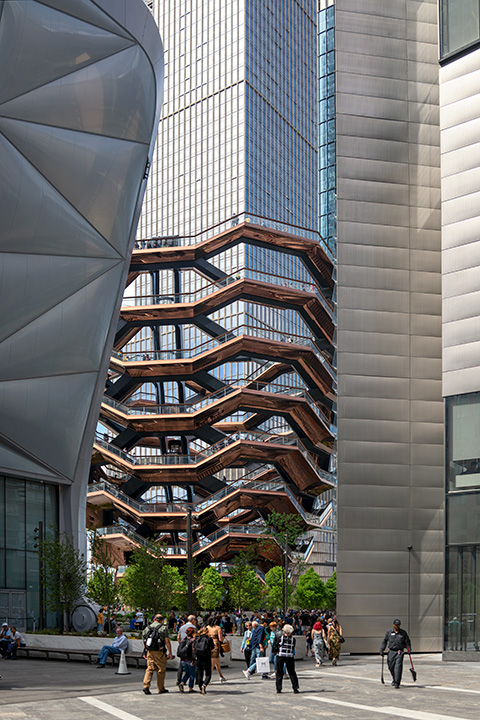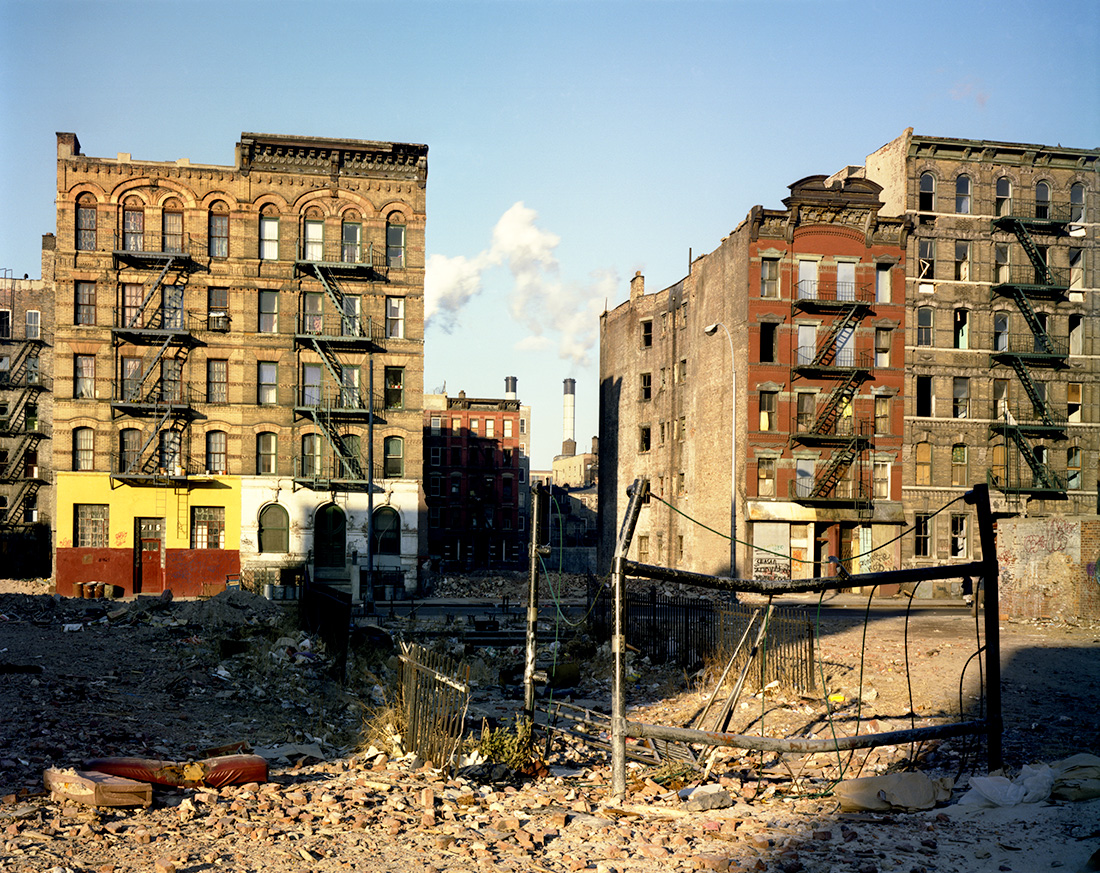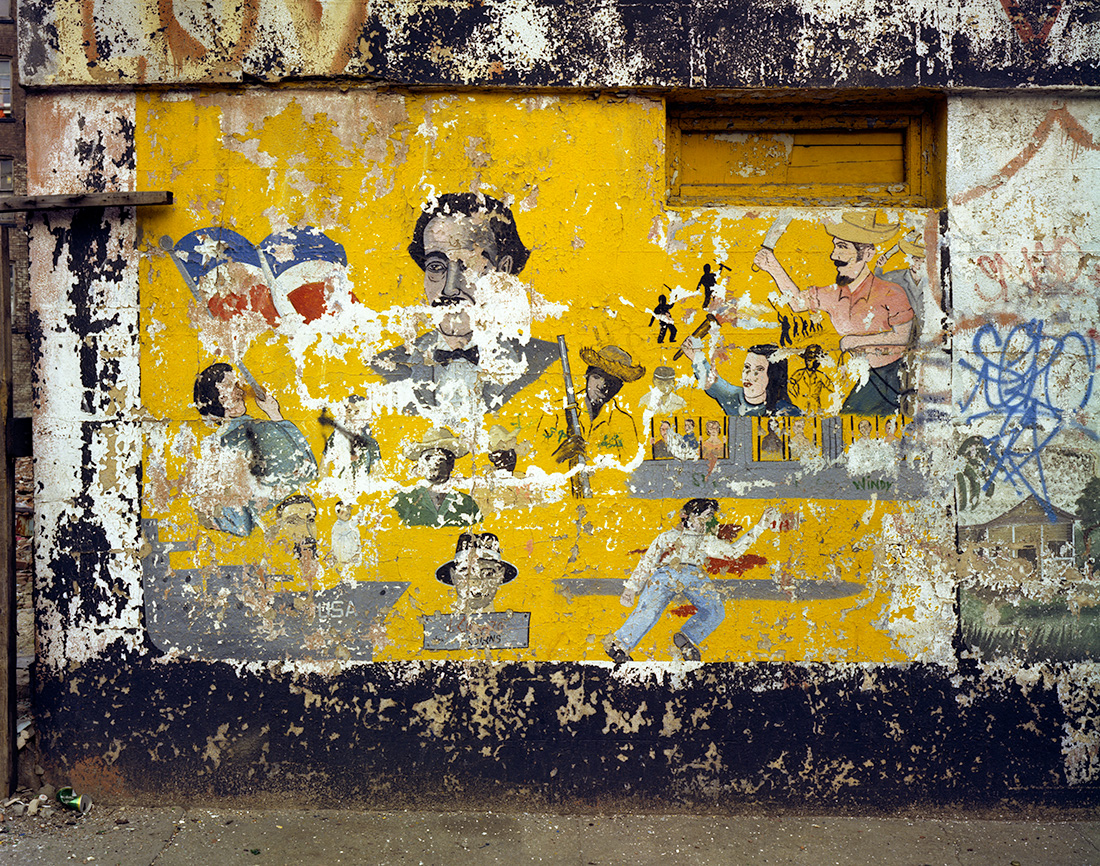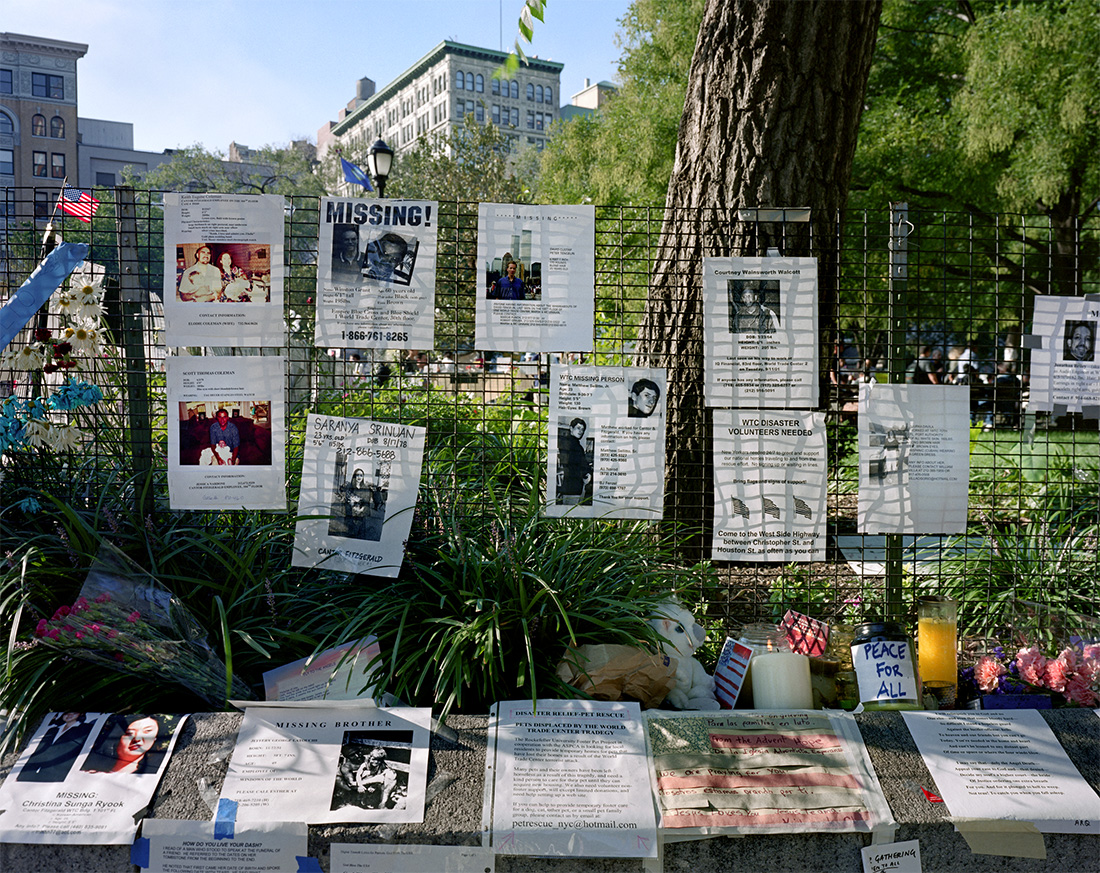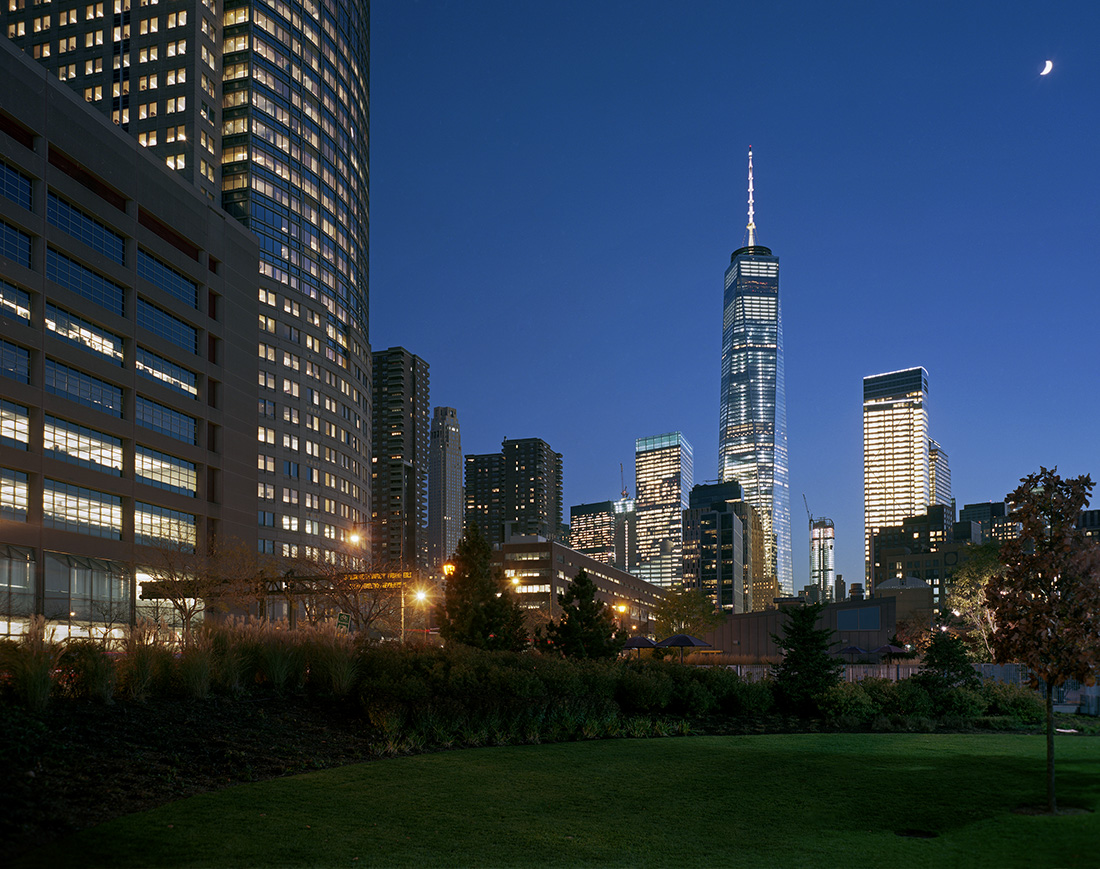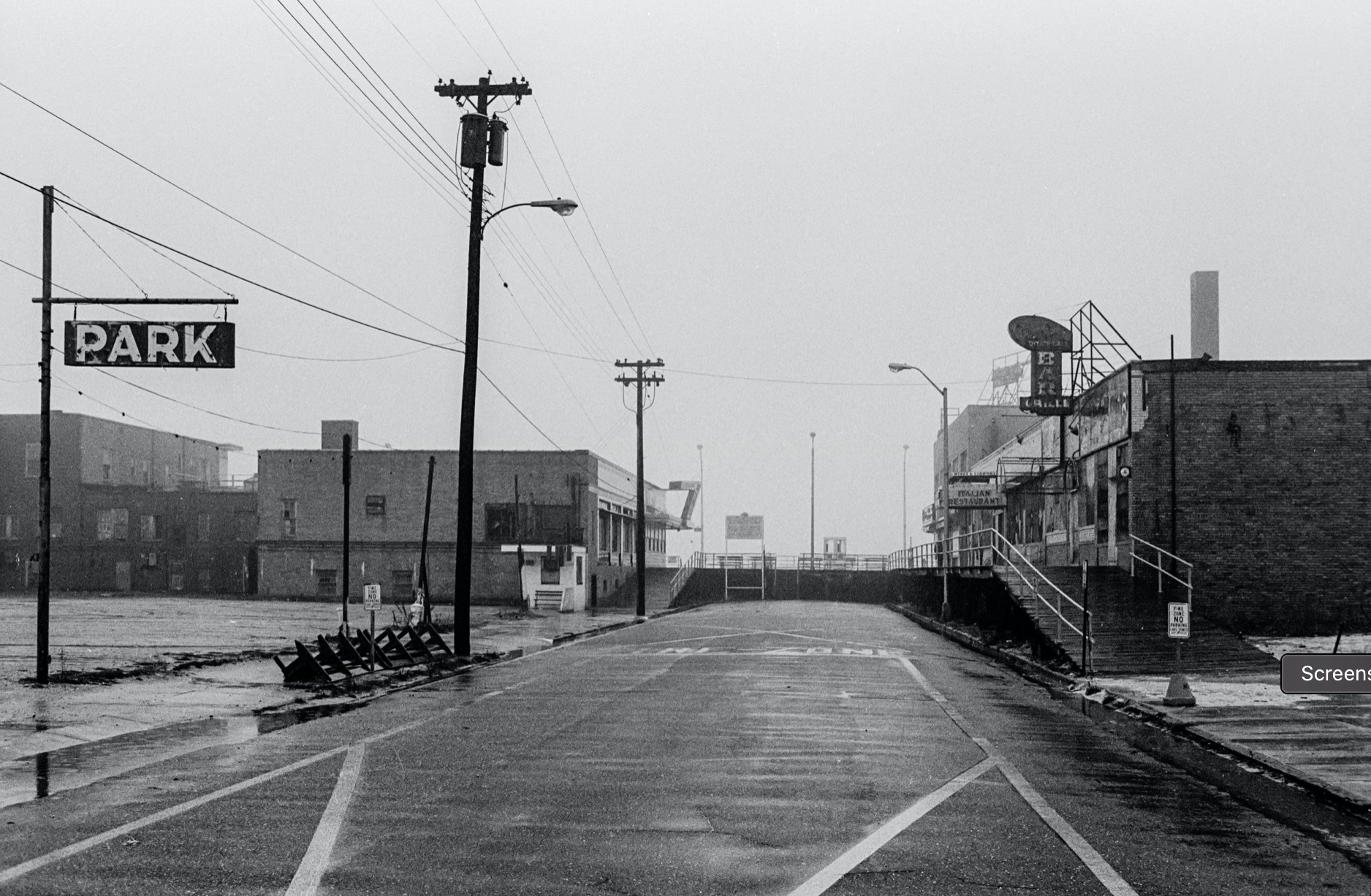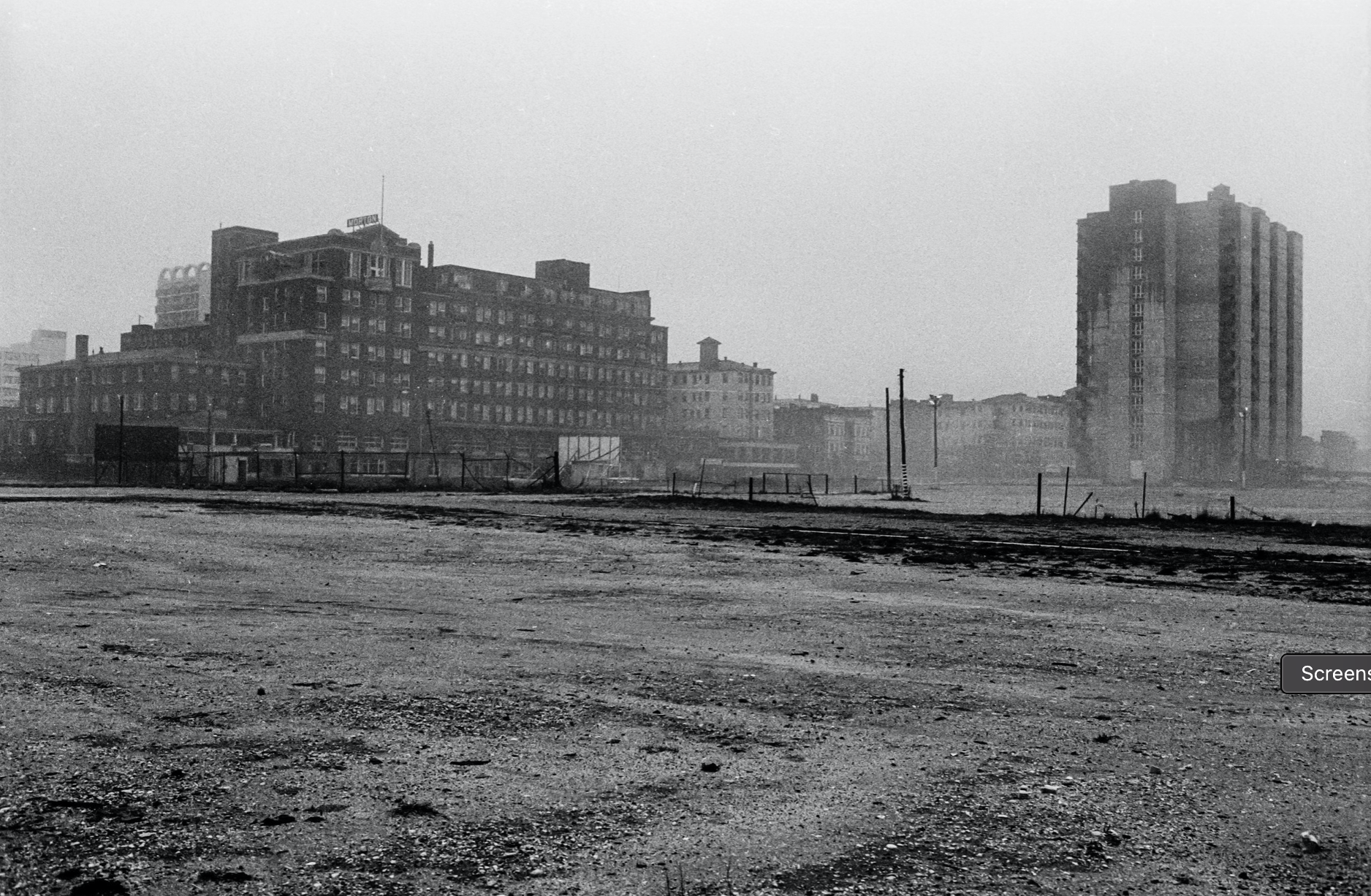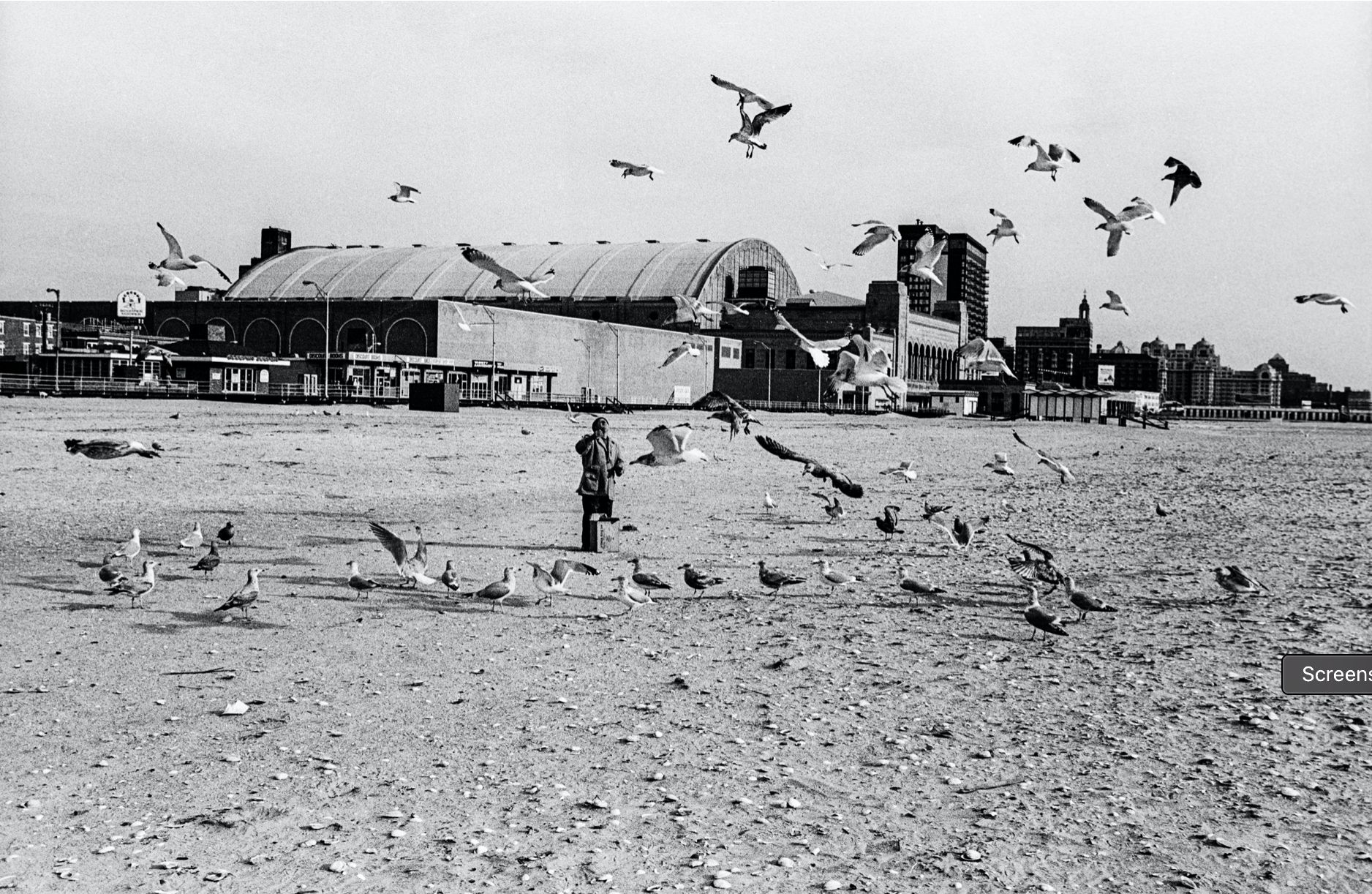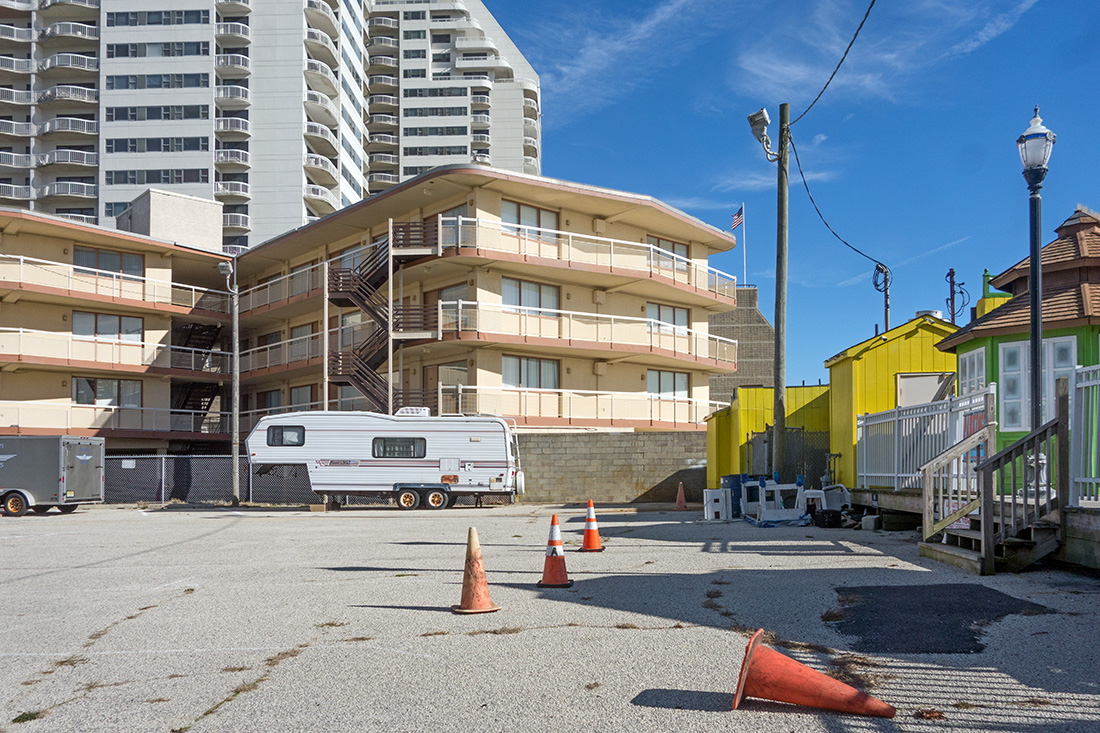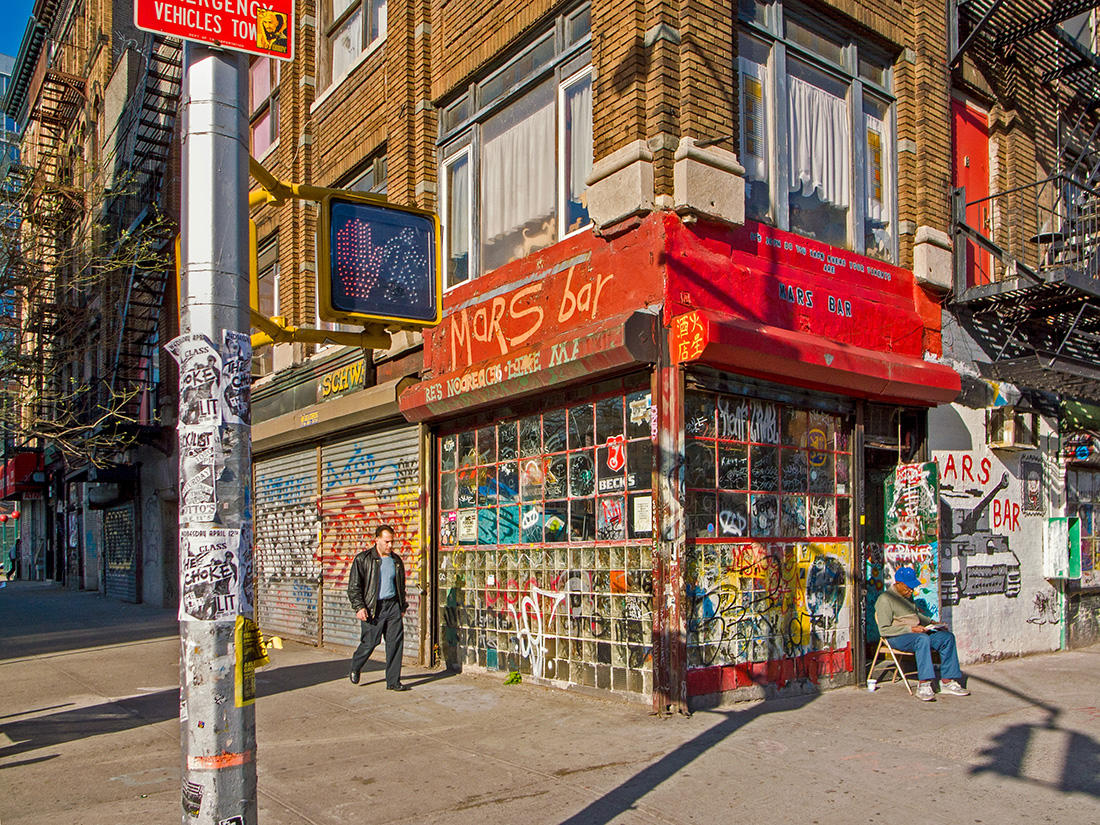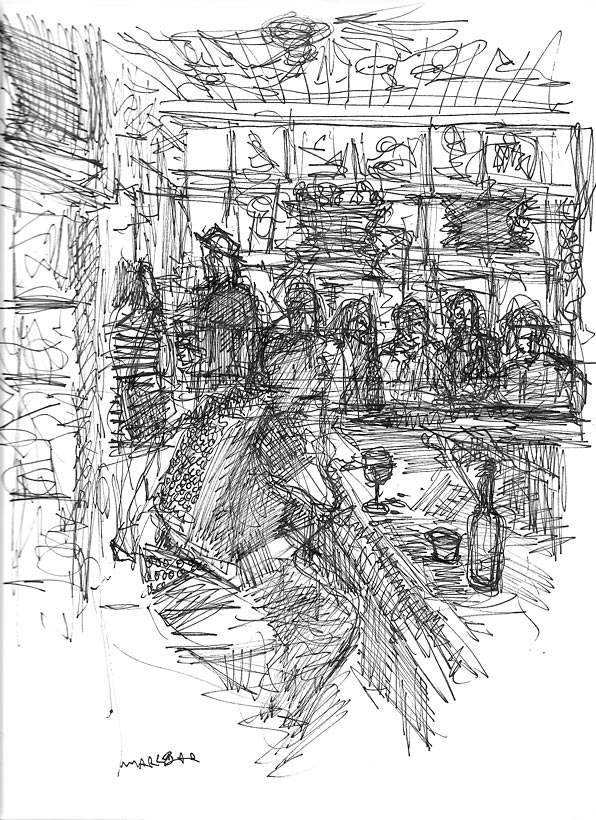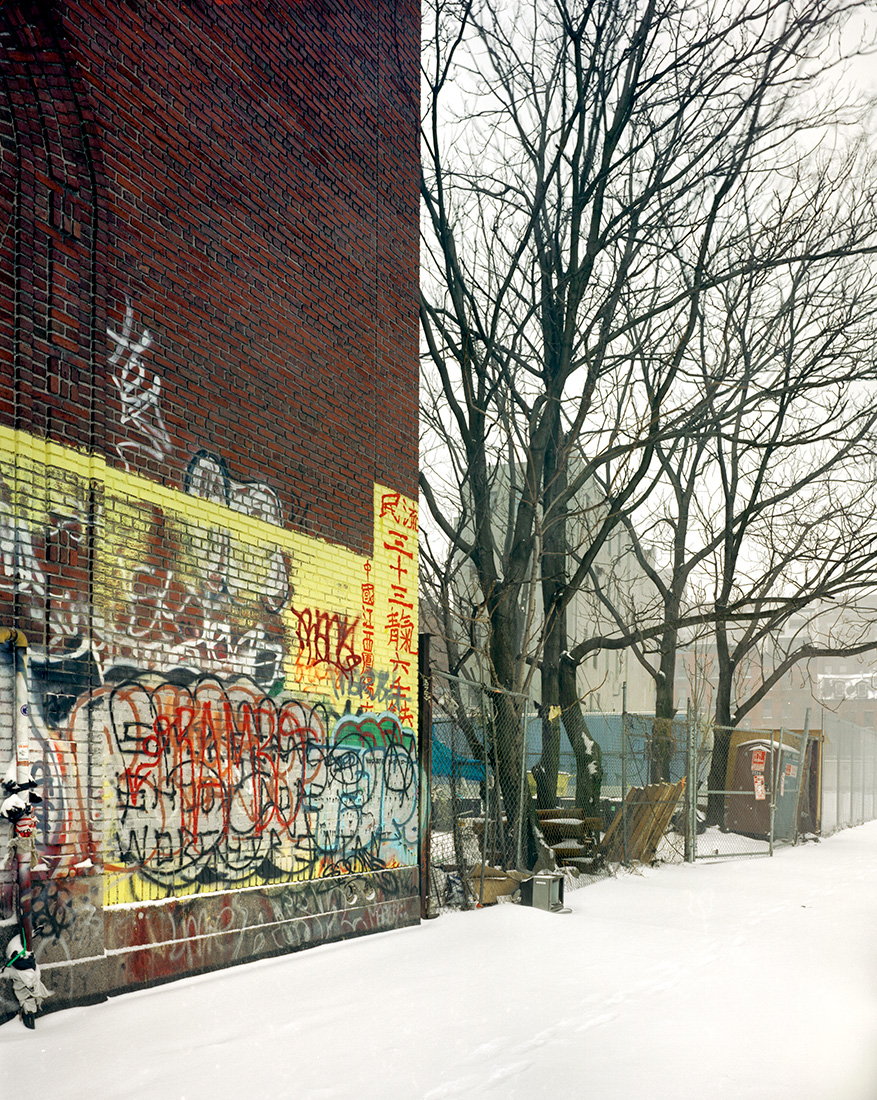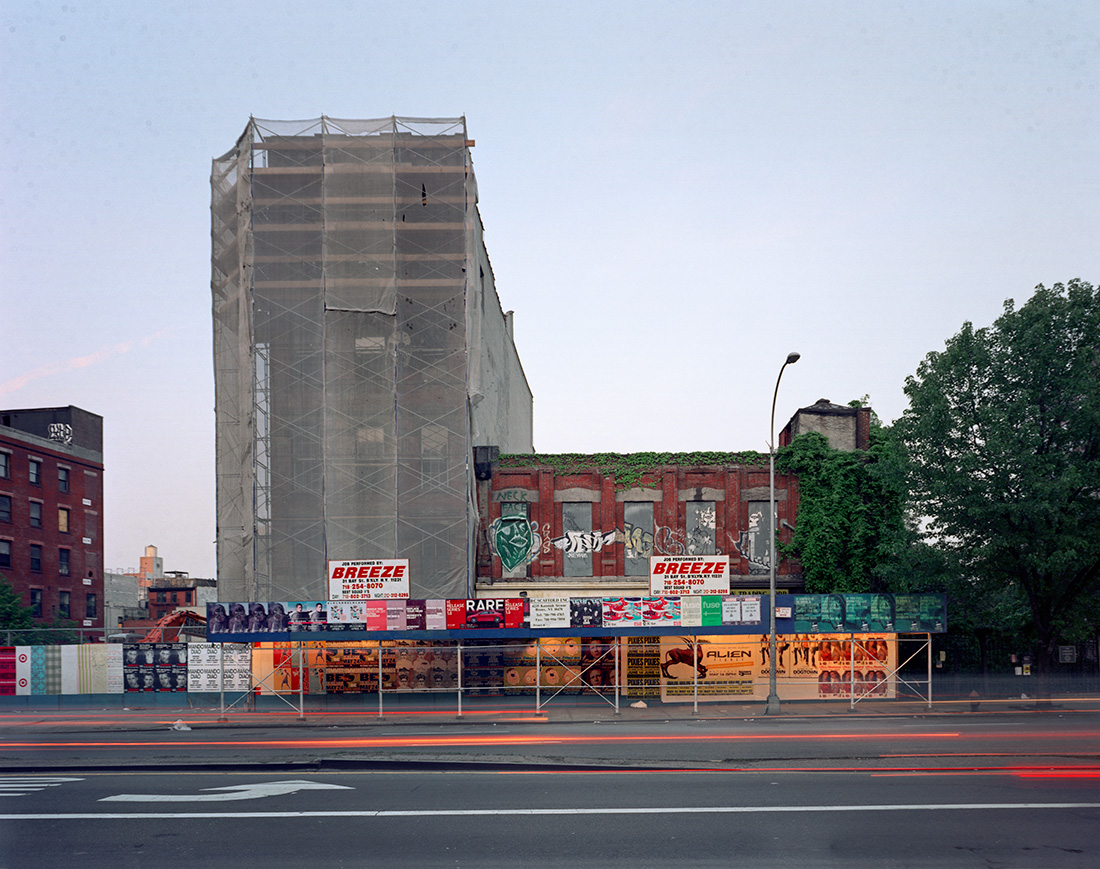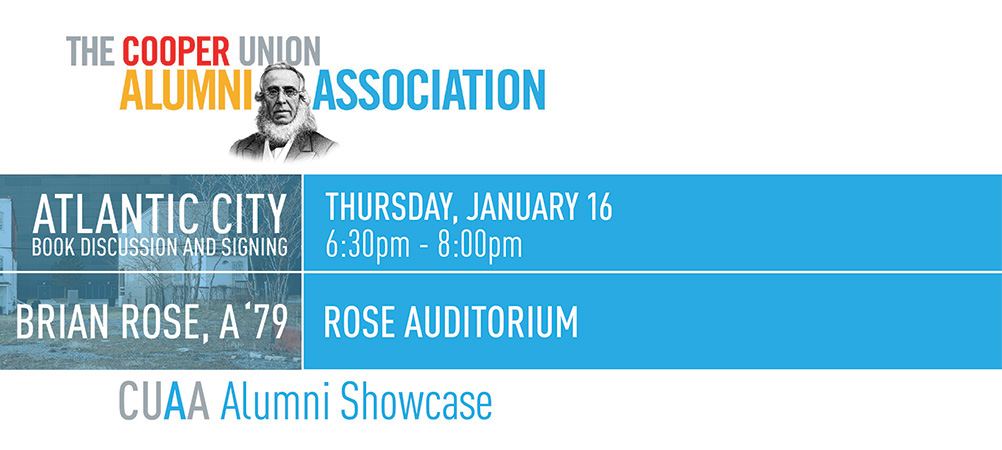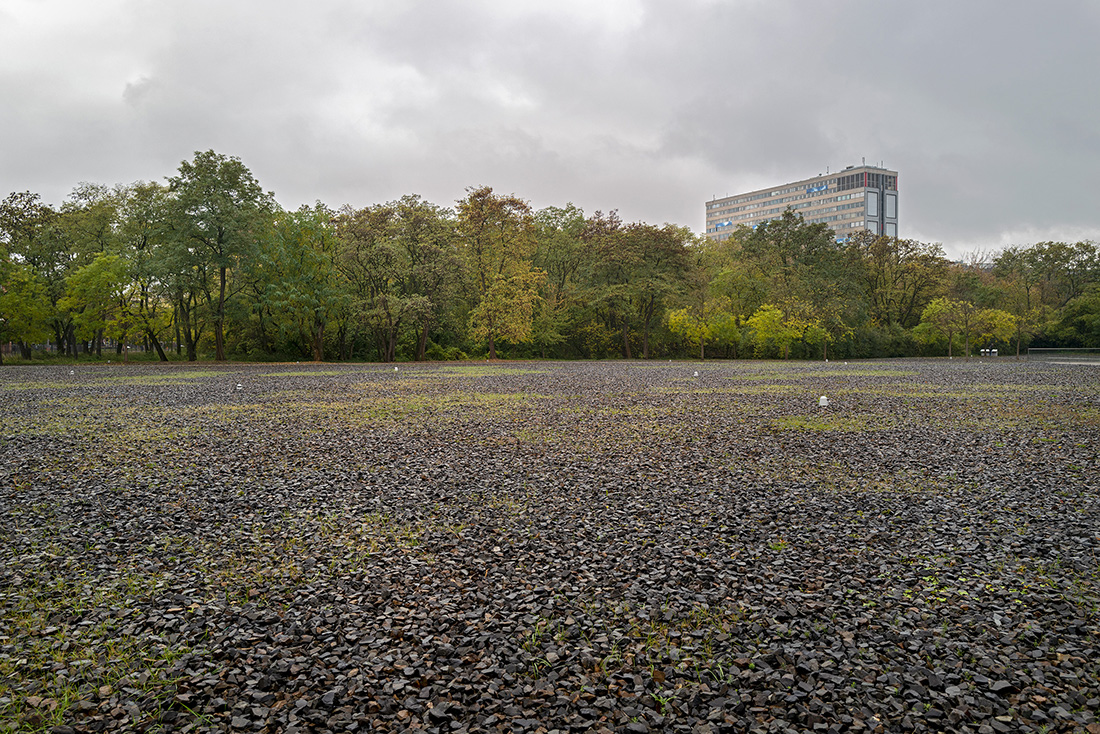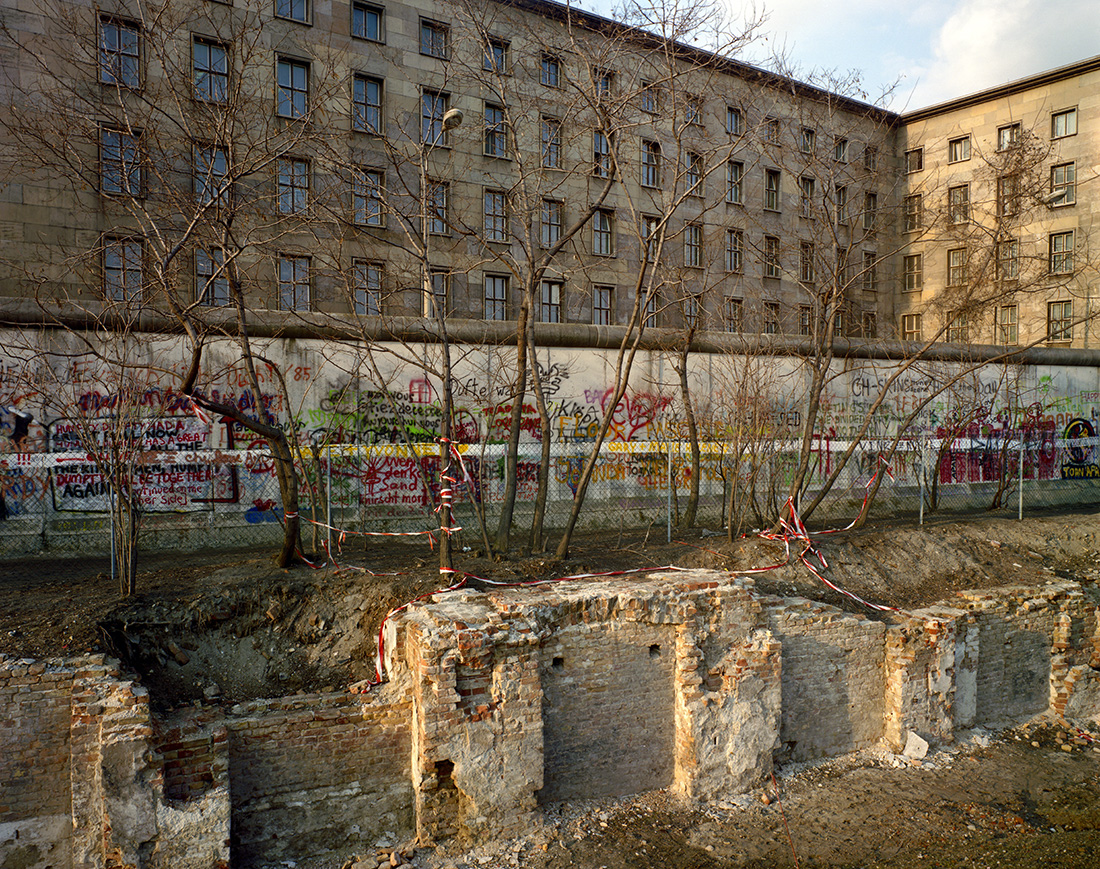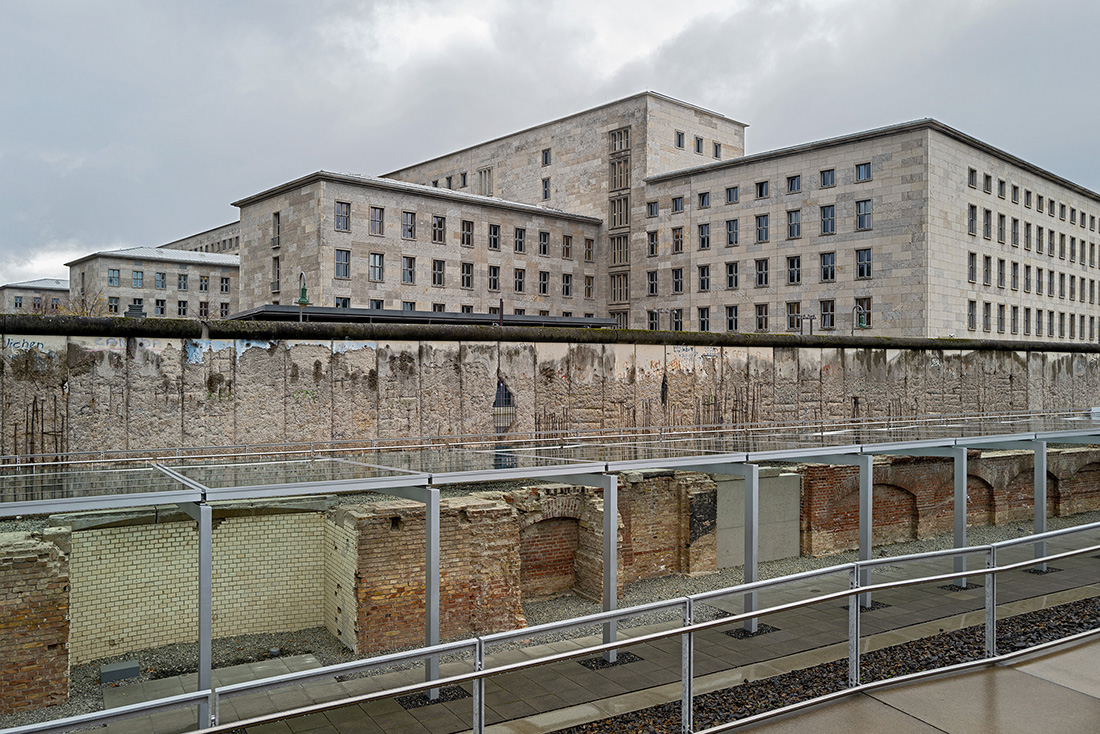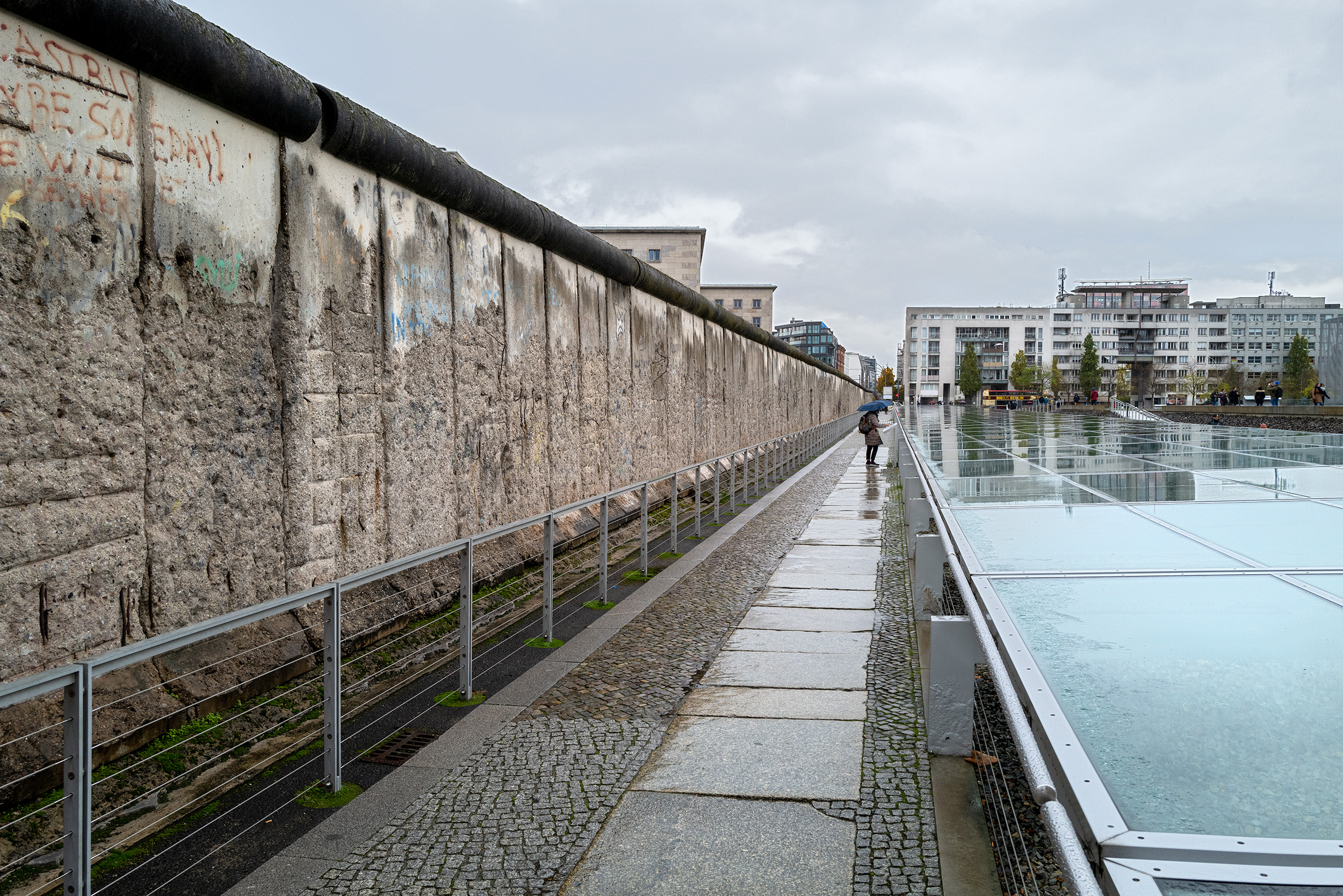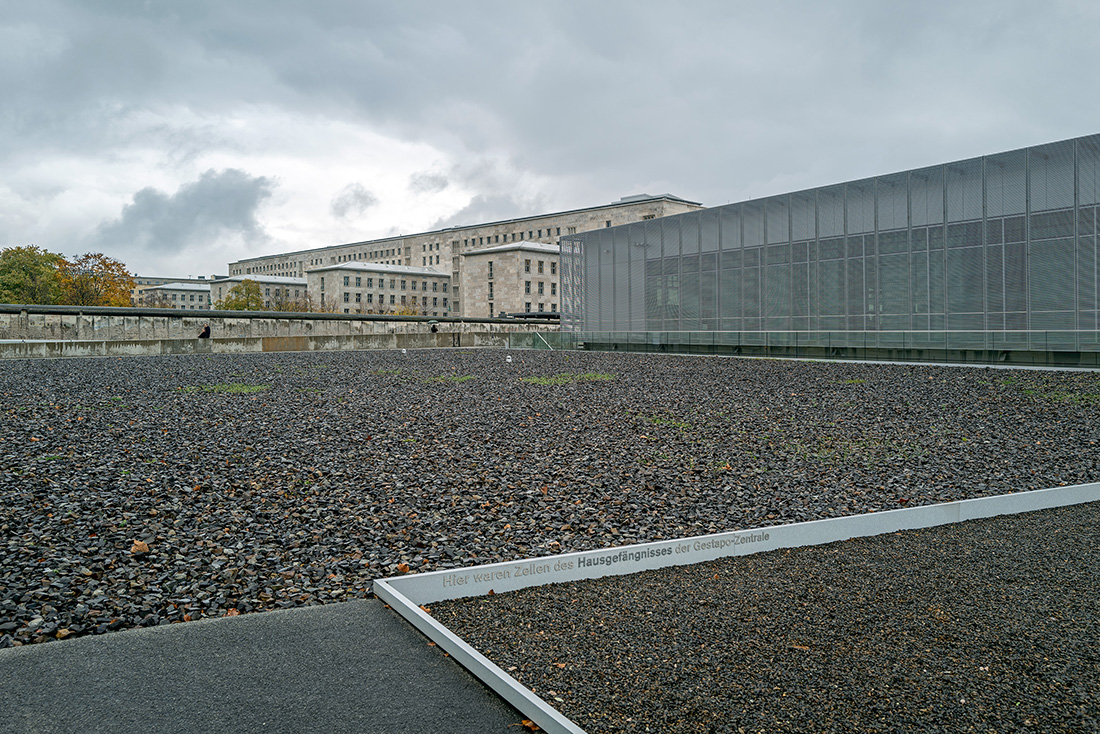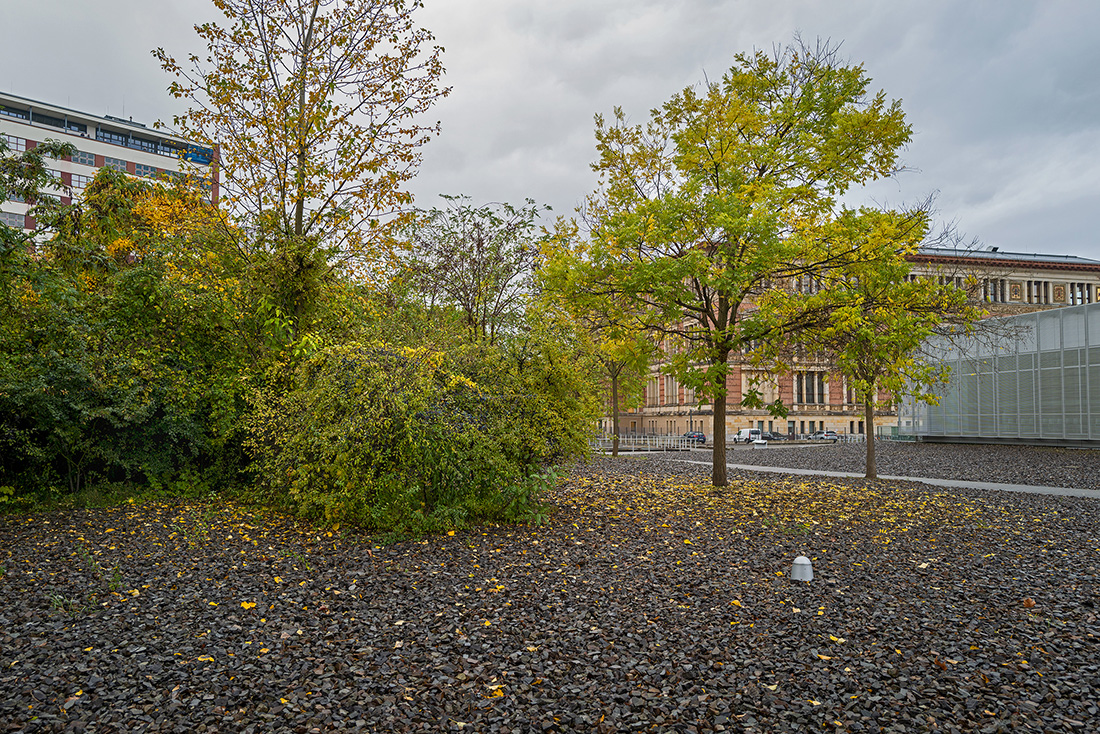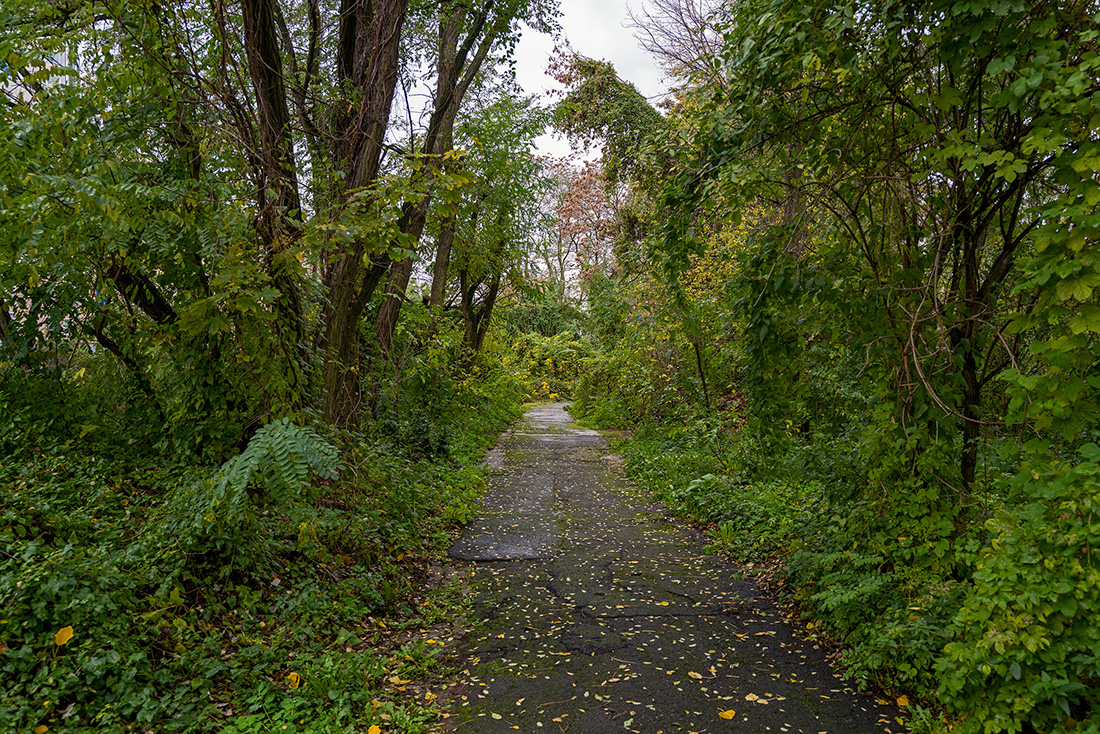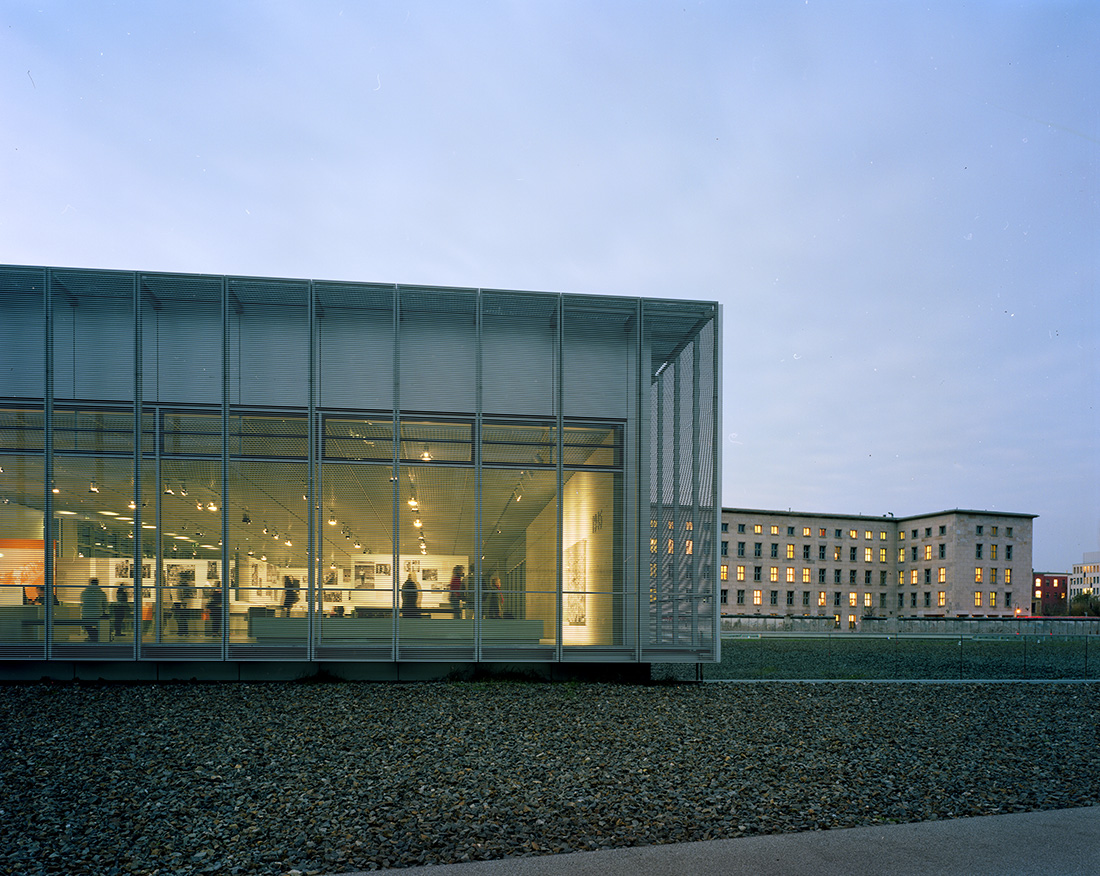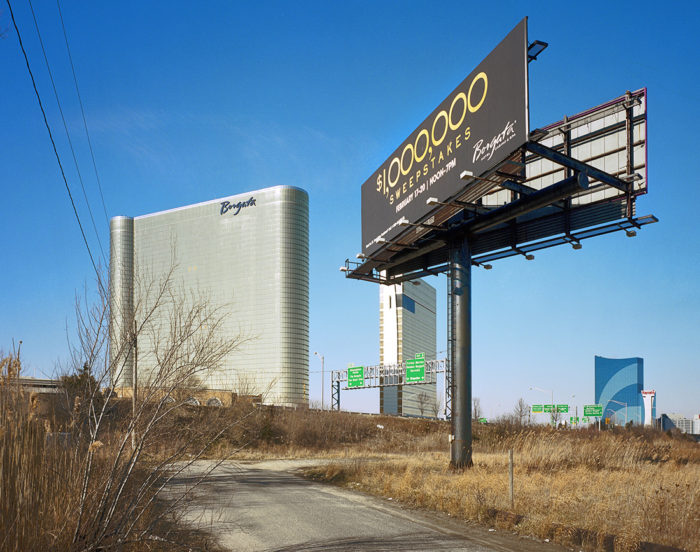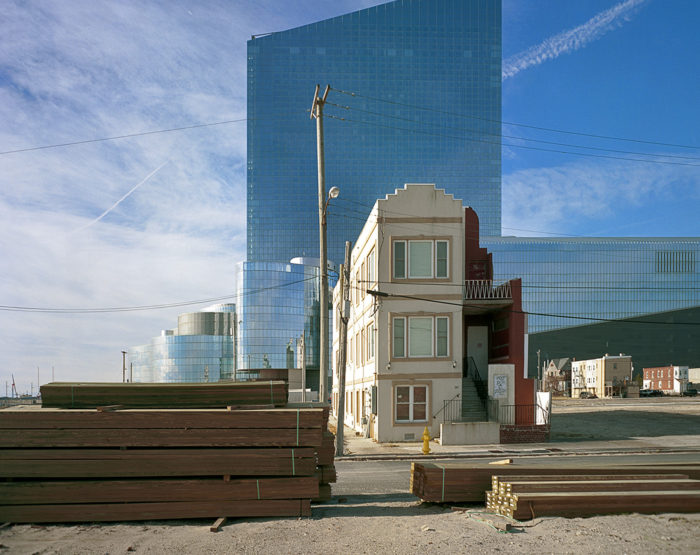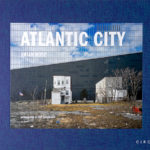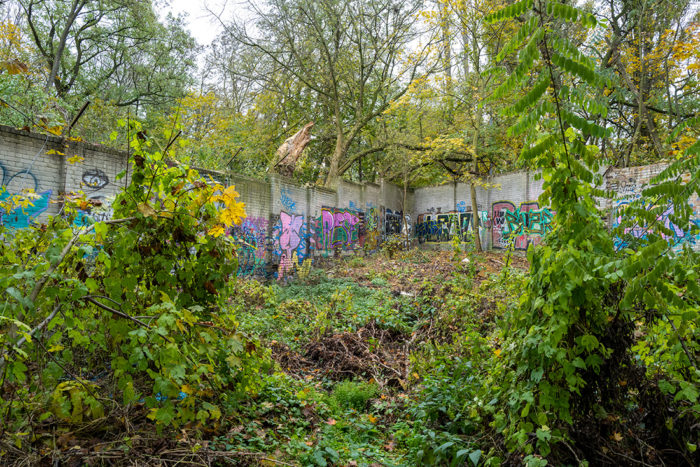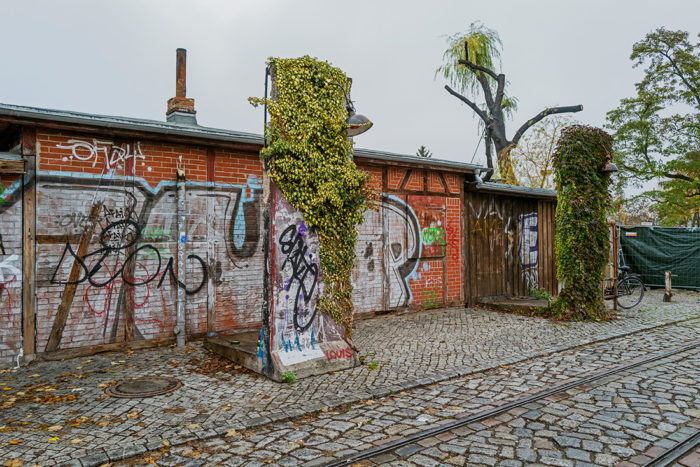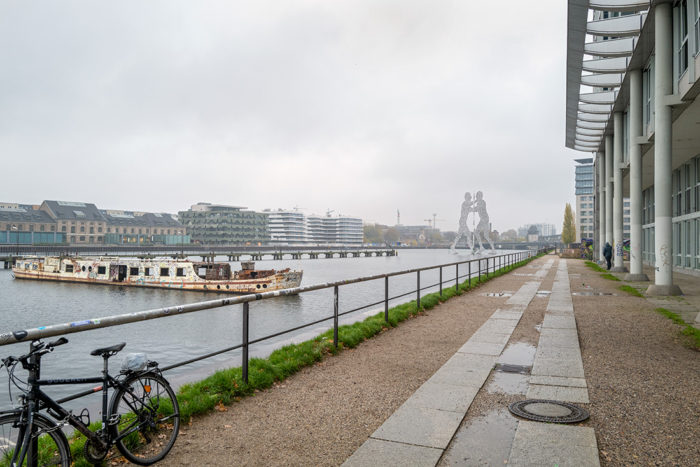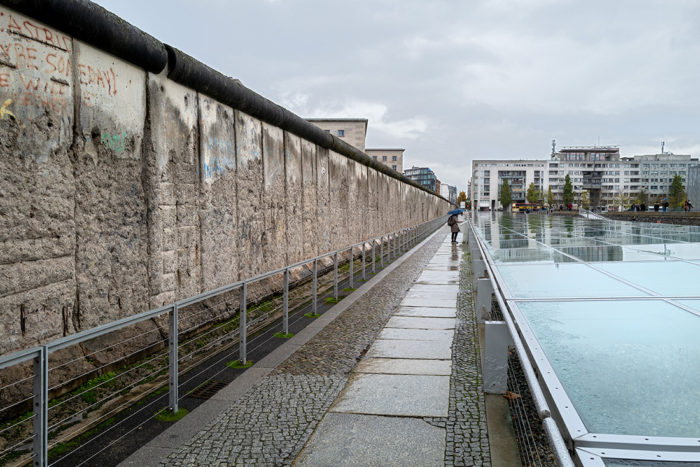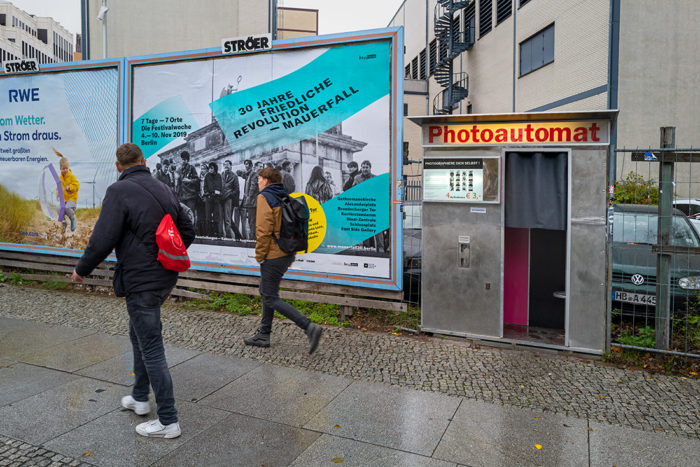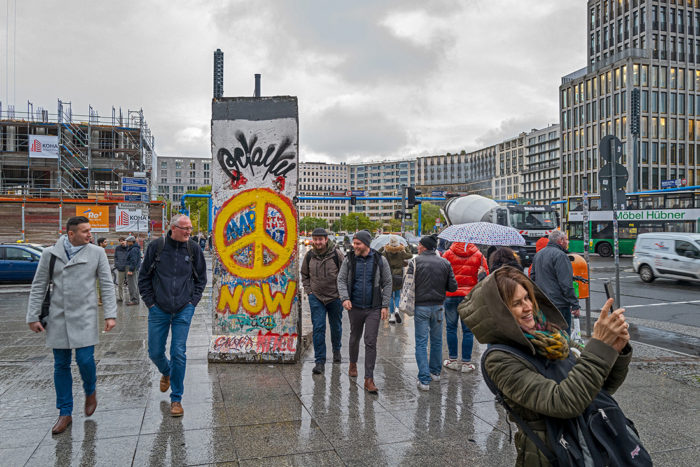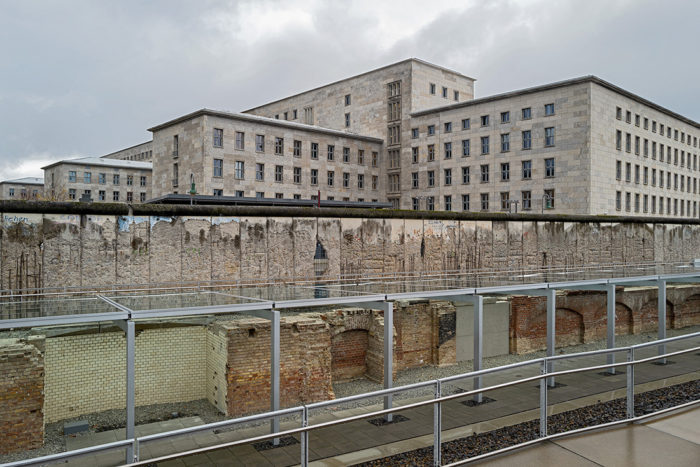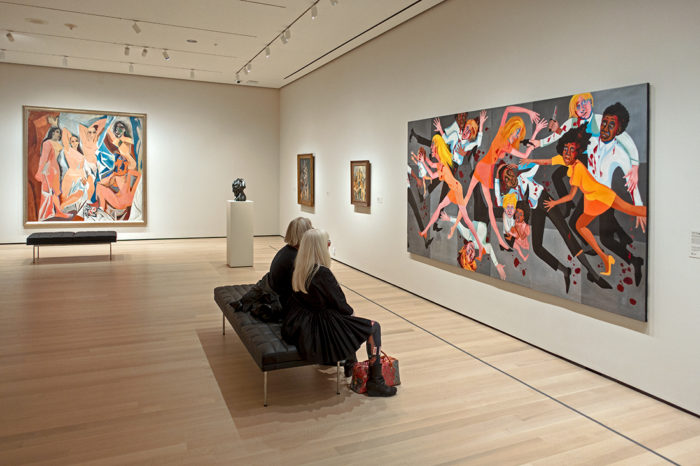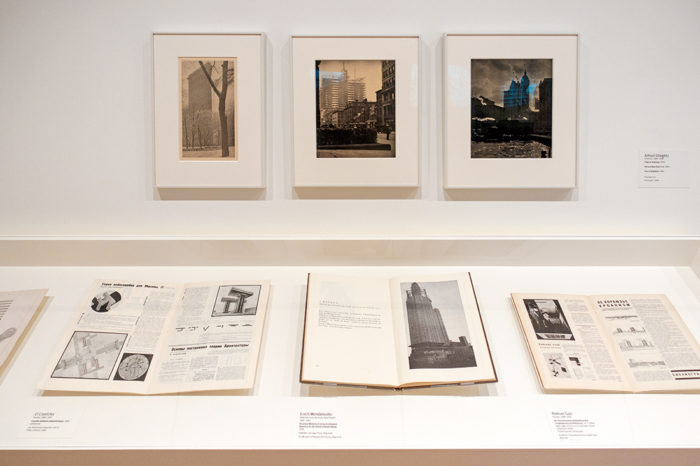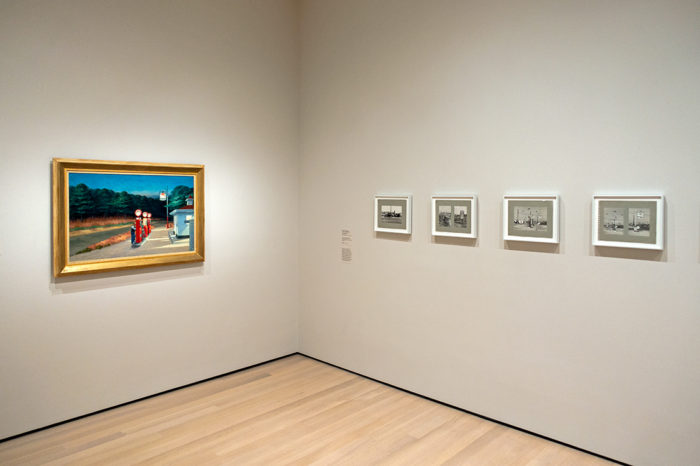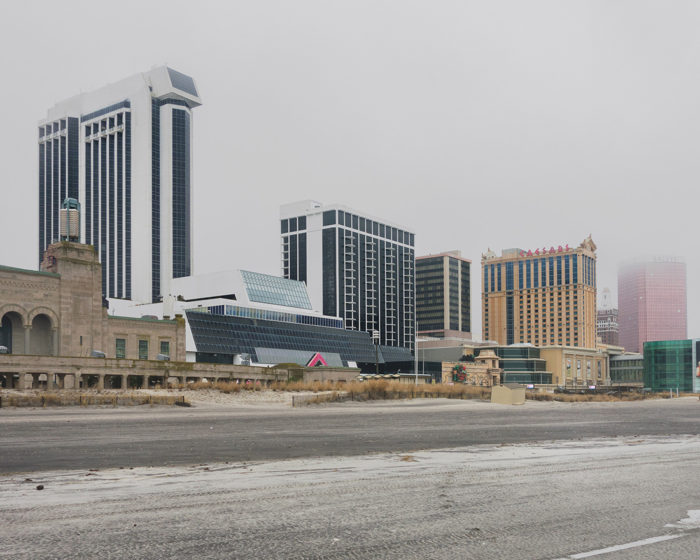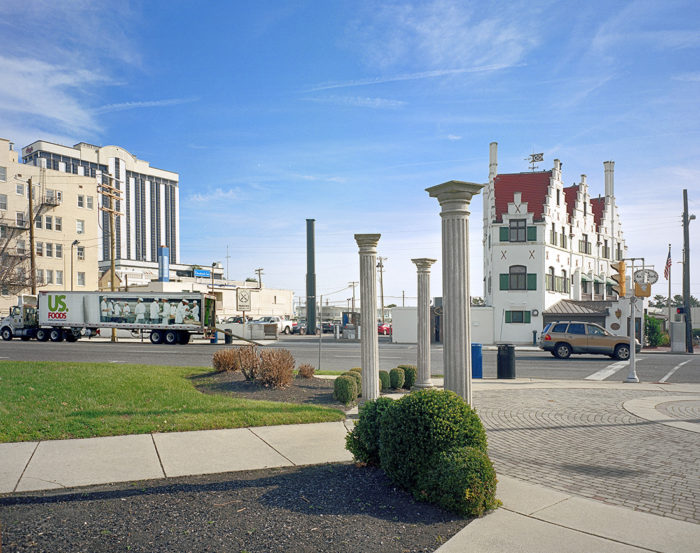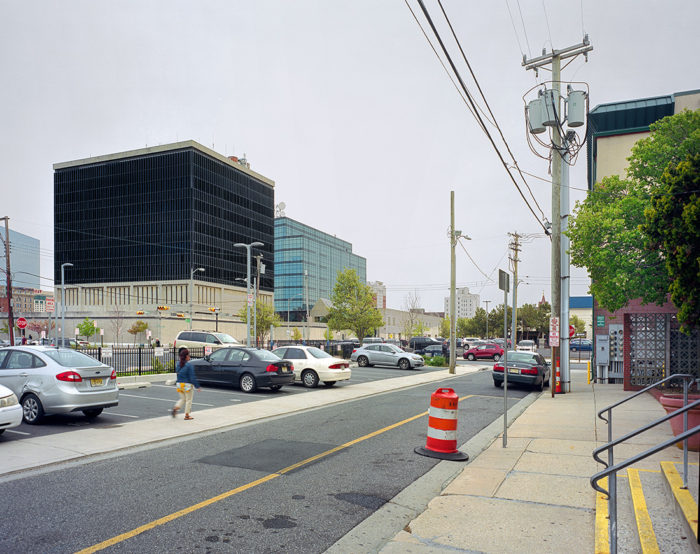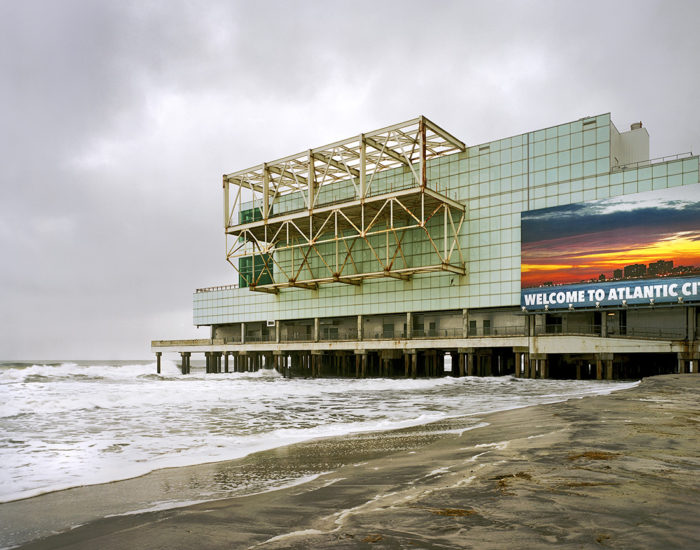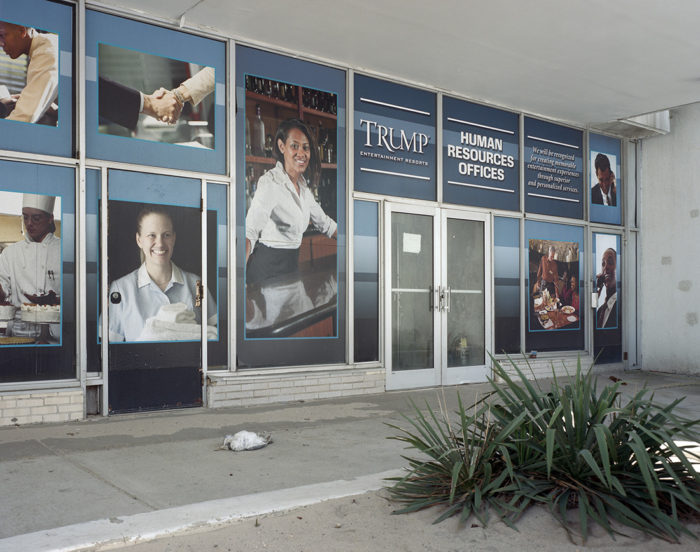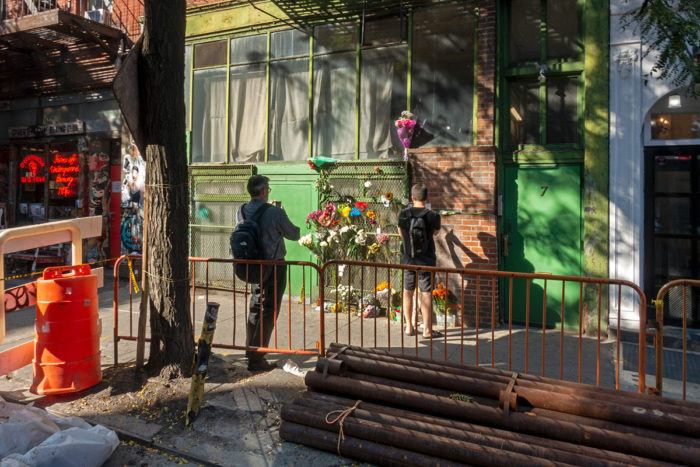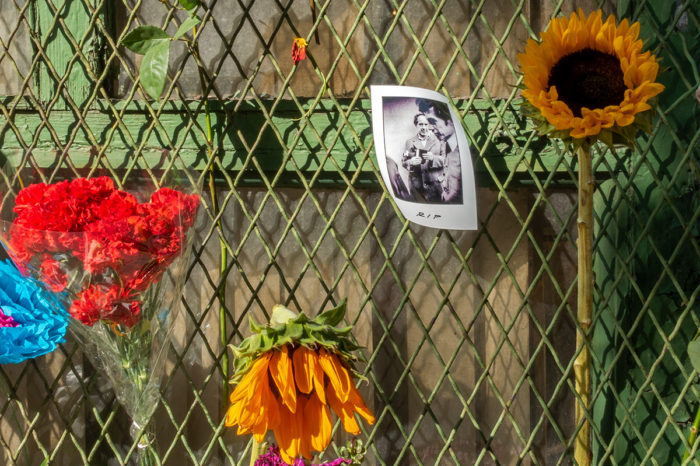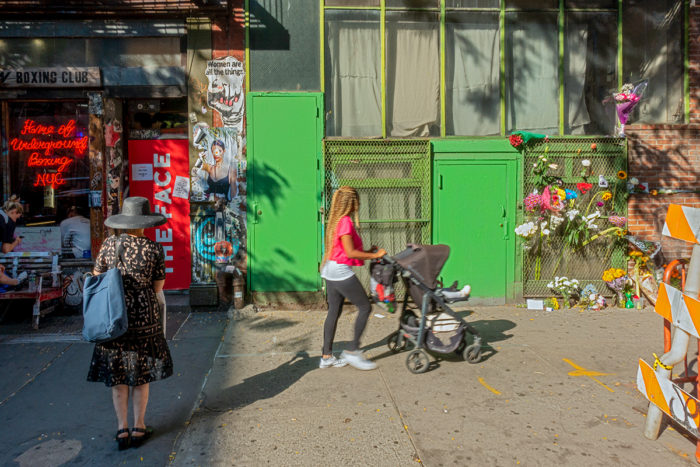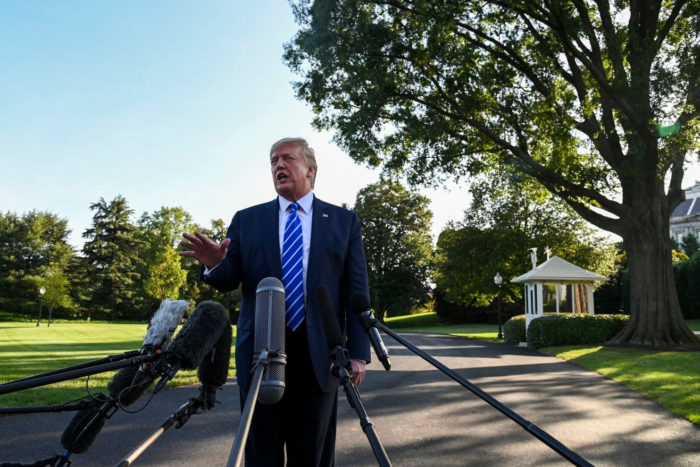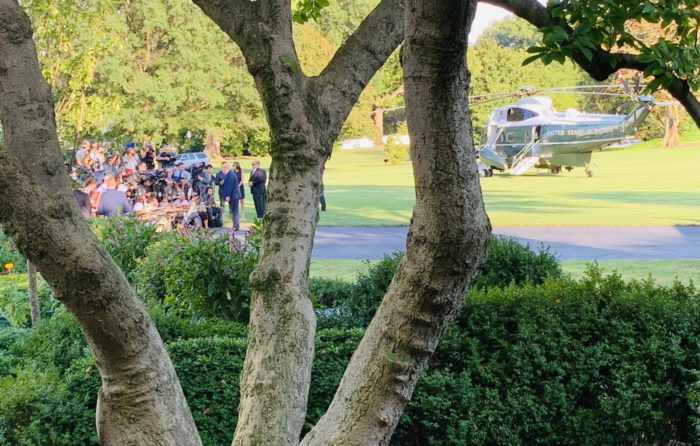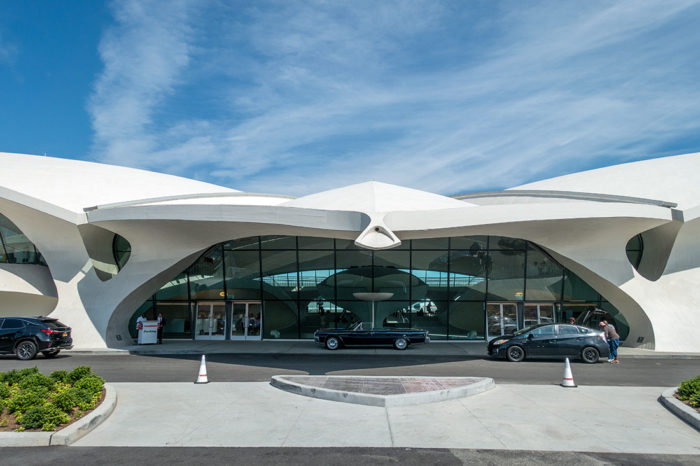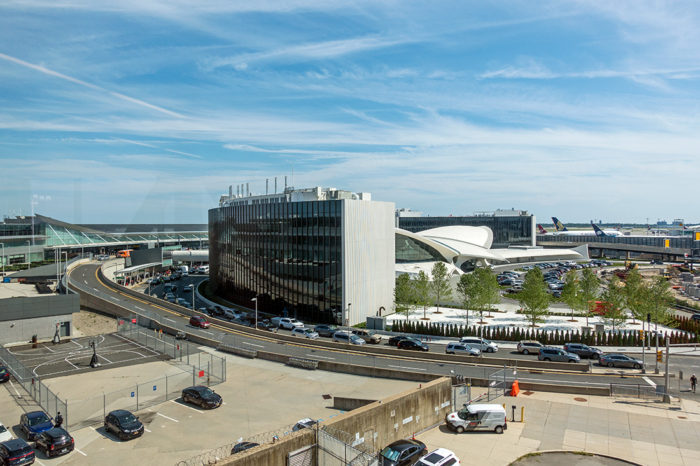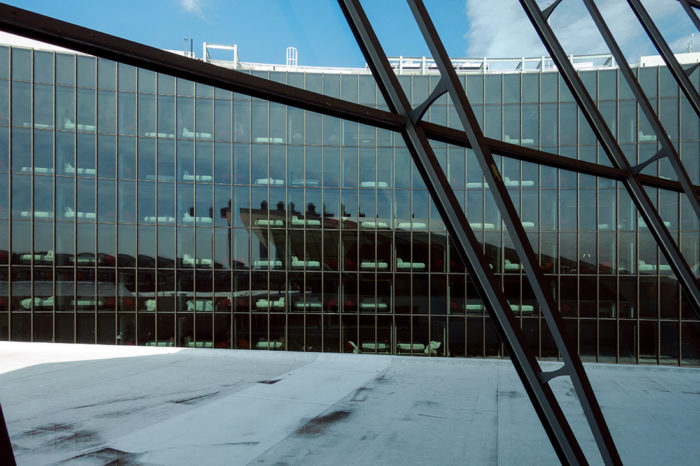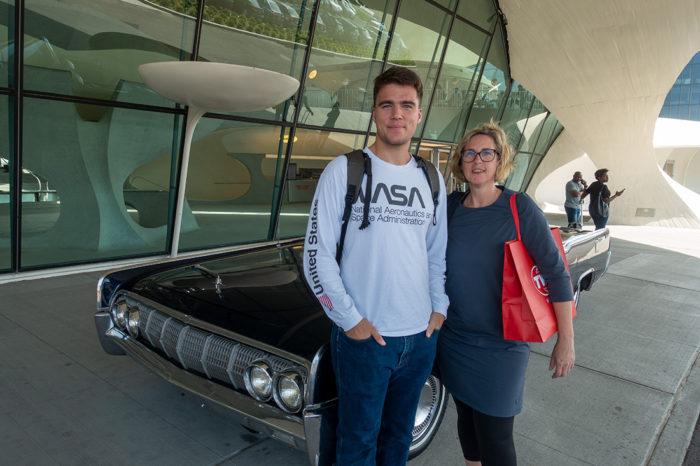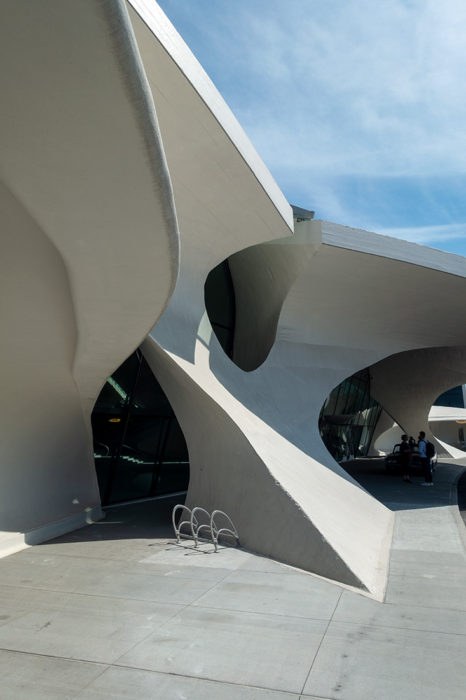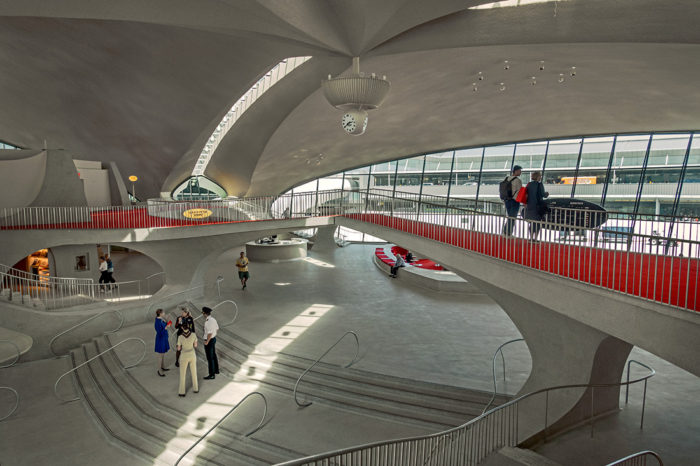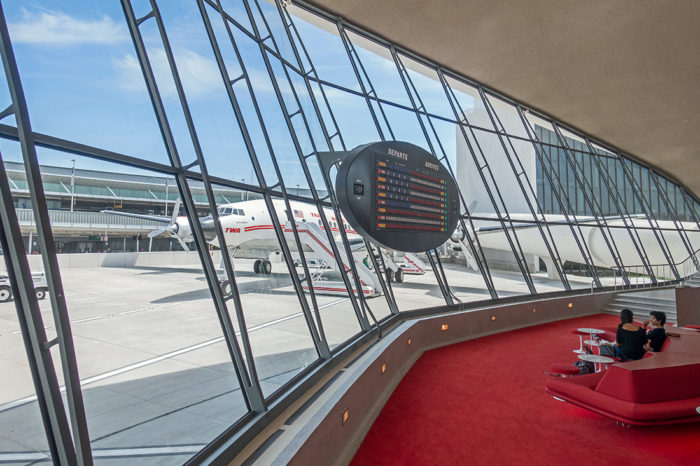Having done this work a long time, I’d like to make a few brief comments about what it means to be a photographer of the social landscape – in general, but especially in challenging times. We are witnesses and chroniclers of history. Not the episodic events that photojournalists document, but the more subtle flow of change and continuity of the world in which we live. It is important work.
In 1980 I photographed the urban landscape of the Lower East Side at a time when New York was crumbling, and many had given up on the city. In retrospect, it turned out to be a moment of rebirth more than a moment of decline. My photographs serve as a record of that inflection point in history. Nan Goldin’s work, a more interior perspective, also preserves that era visually.
A few years later, I photographed the Iron Curtain and the Berlin Wall. I did not know when I started that project that the wall would soon open, that democracy would sweep across eastern Europe, and my work would constitute a key document of that time. Others contributed significantly as well – John Gossage, Michael Schmidt, to name two well-known examples.
Before 9/11, I made many photographs of lower Manhattan that included the World Trade Center, the Twin Towers as ubiquitous signposts on the skyline. After their destruction, I continued to photograph the site, collecting visual evidence, following the gradual rebuilding of the city. I had no special access. No commission. I just did what I do as a photographer. Joel Meyerowitz, who did have connections, used them to gain access to the site, and unflinchingly documented the aftermath of the attack.
The present is quite likely another pivotal moment in history. As photographers, we have a responsibility to act as witnesses. Prior to the internet, photographers tended to work alone, mostly unaware of what others were doing. Today, we can shoot, post our work in real-time, and communicate with other photographers. This is a moment to seize. Some may be stuck inside, but most of us can get out and shoot, maintaining requisite social distance. It’s not about grand statements necessarily, but simply about what we see out our windows, in the street, in our neighborhoods, wherever we can move about freely.
Let’s do this!
